Battery Robinett
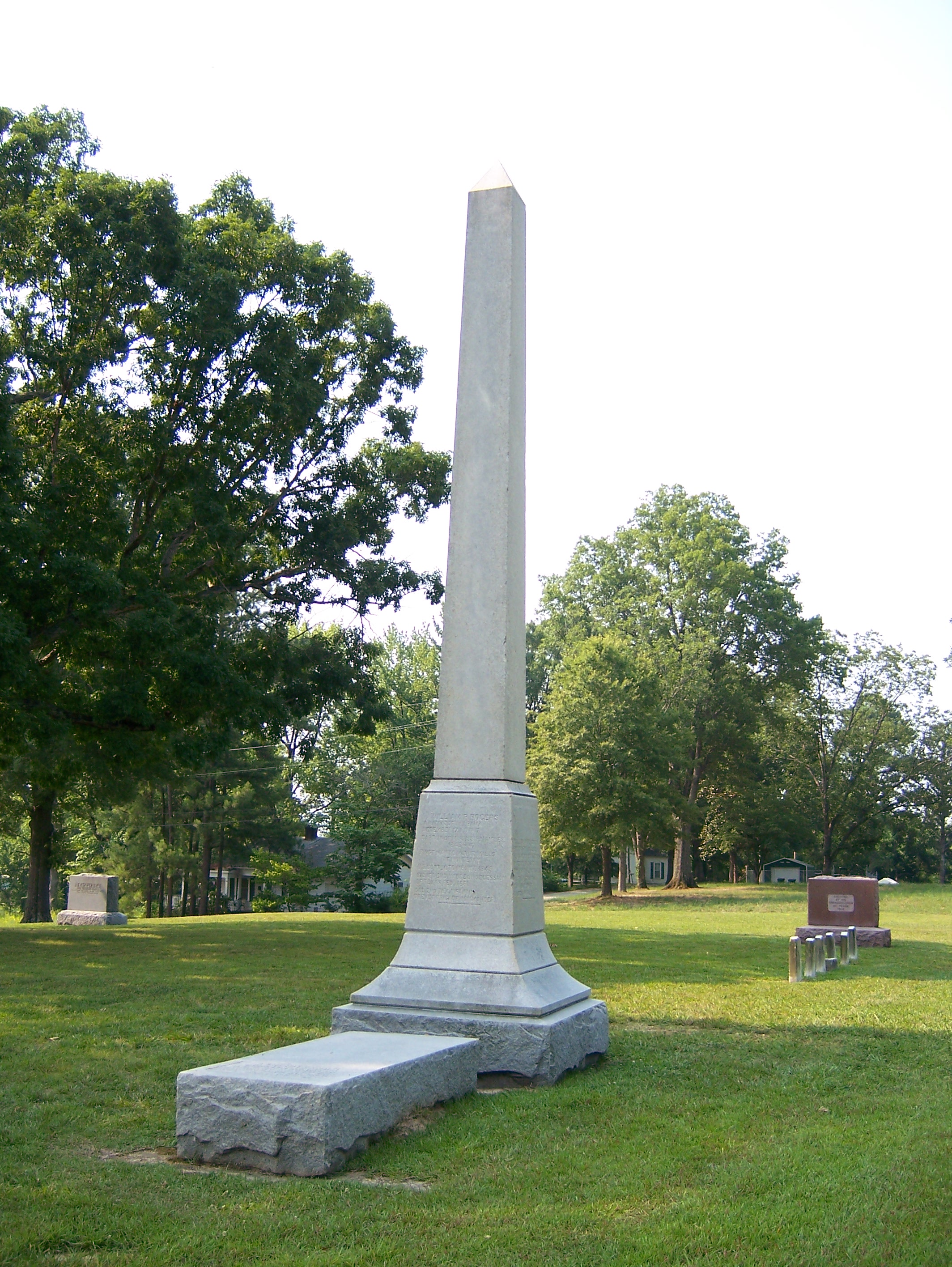
Bloody Pond - Tour Stop #19
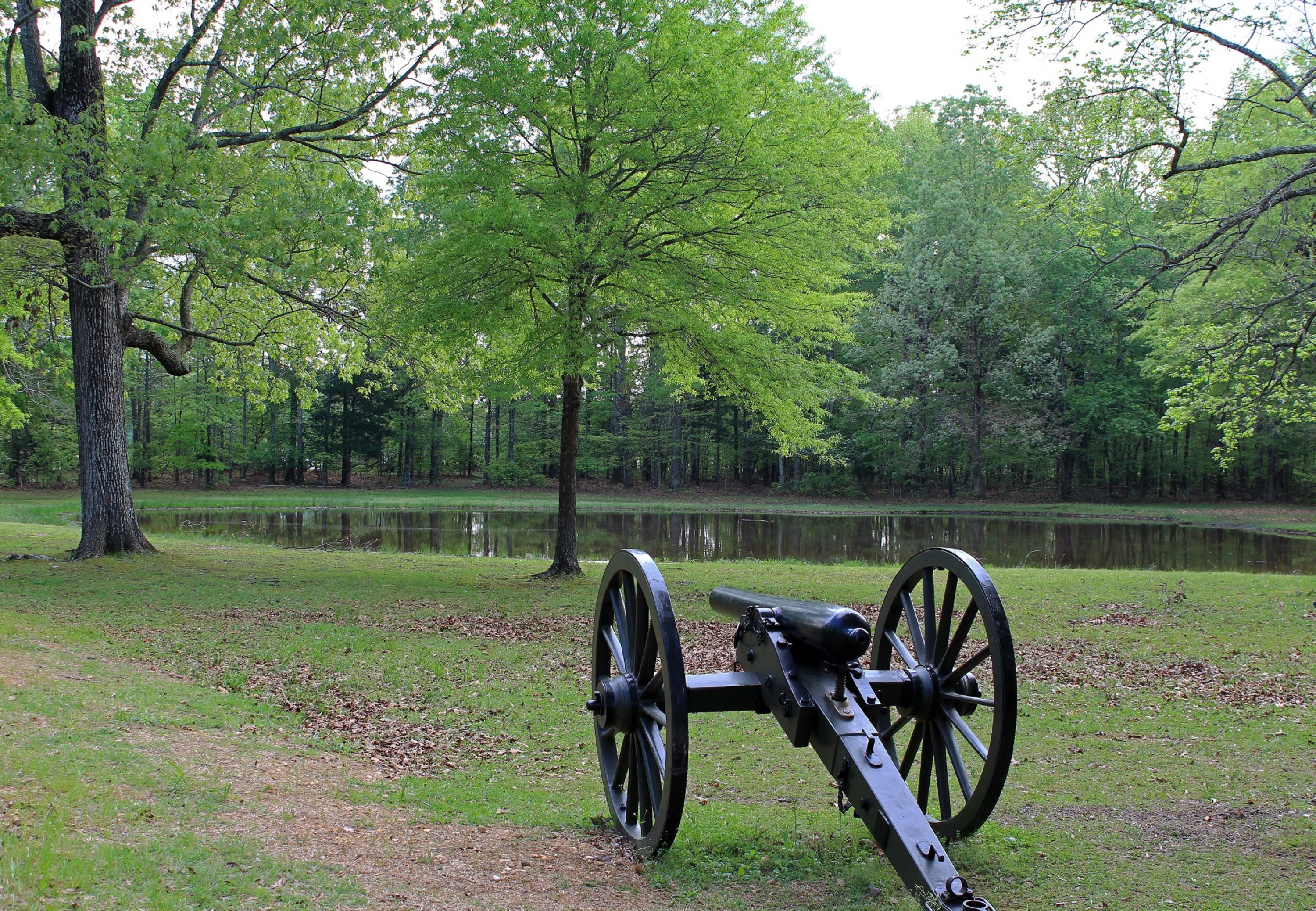
- Bloody Pond. Reportedly, wounded men and animals found their way to this water source, and turned the water blood red while drinking and washing their wounds.
Confederate Monument - Tour Stop #2
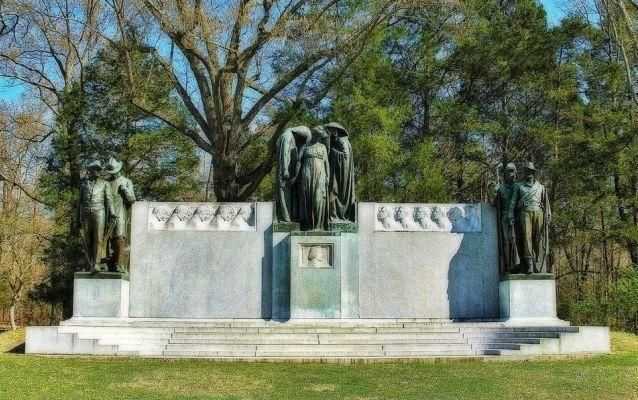
- Erected by the United Daughters of the Confederacy in 1917, this monument, designed and sculpted by Frederick C. Hibbard, honors all Southern troops who fought in the Battle of Shiloh.
Confederates Gain Ground - Tour Stop #8
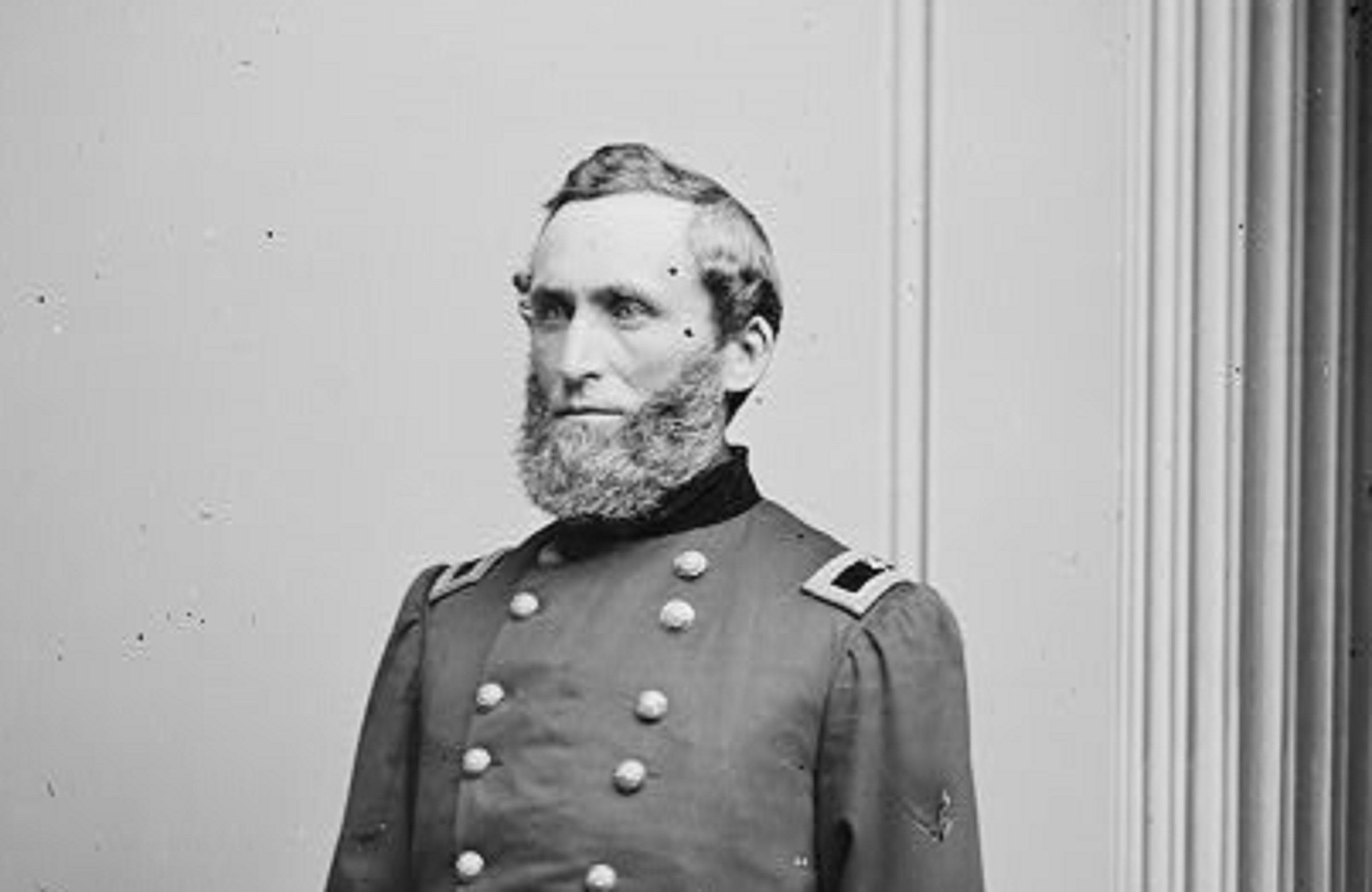
- Confederates Gain Ground
Corinth Civil War Interpretive Center
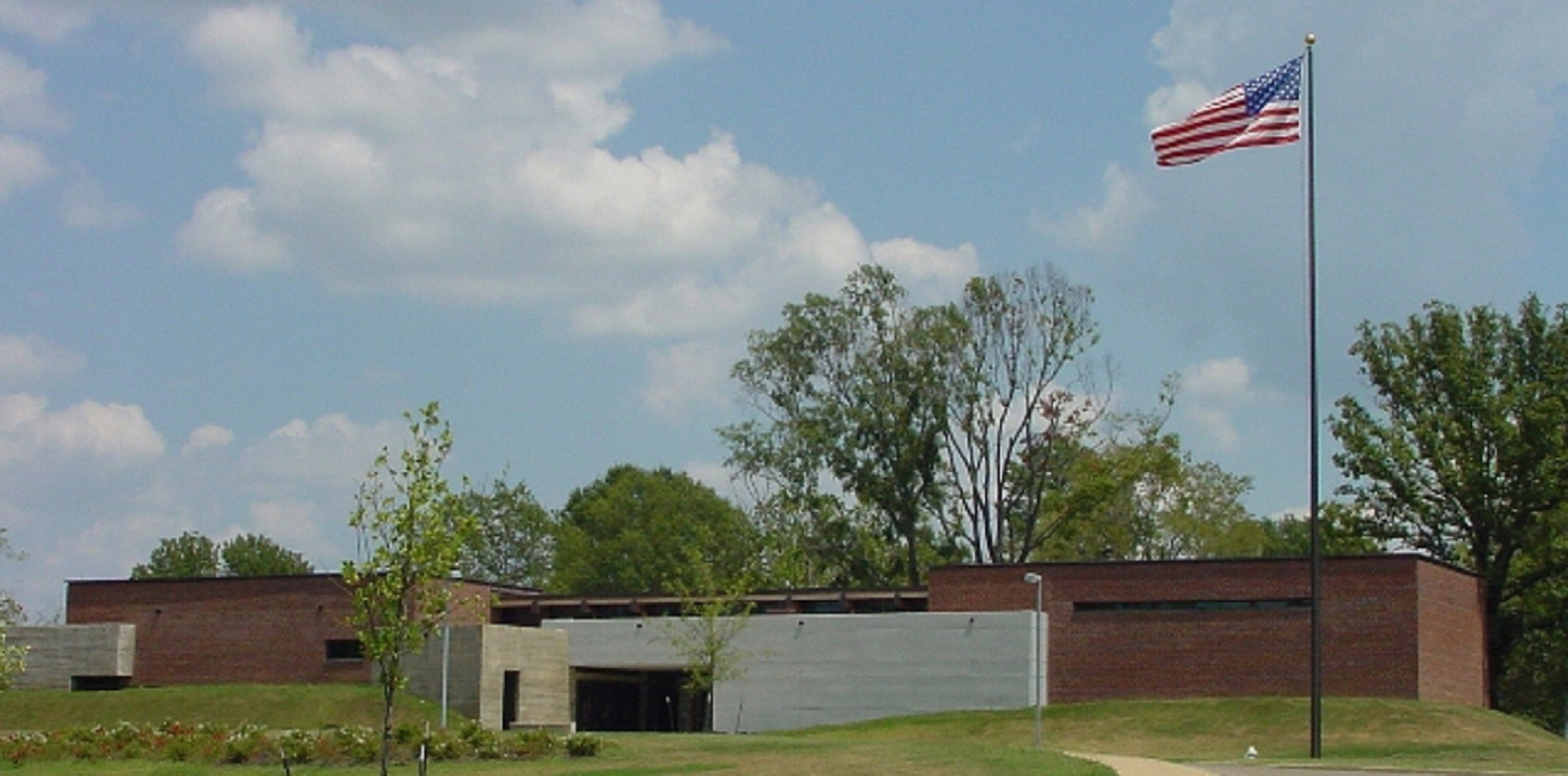
- The Corinth Civil War Interpretive Center
Corinth Tour #1, Stop #1 - Rail Crossover
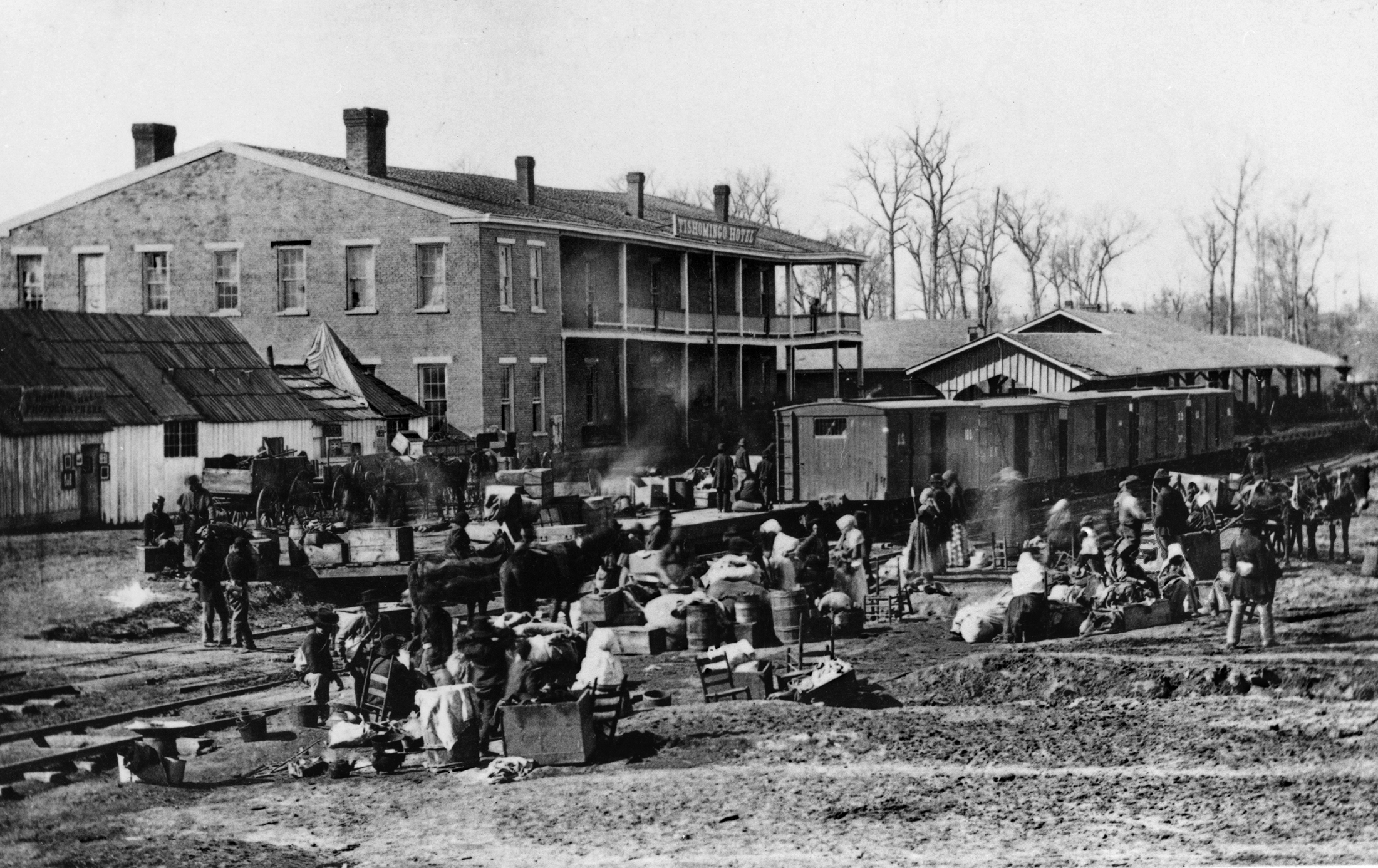
- Corinth Crossroads
Corinth Tour #1, Stop #2 - Tishomingo Hotel
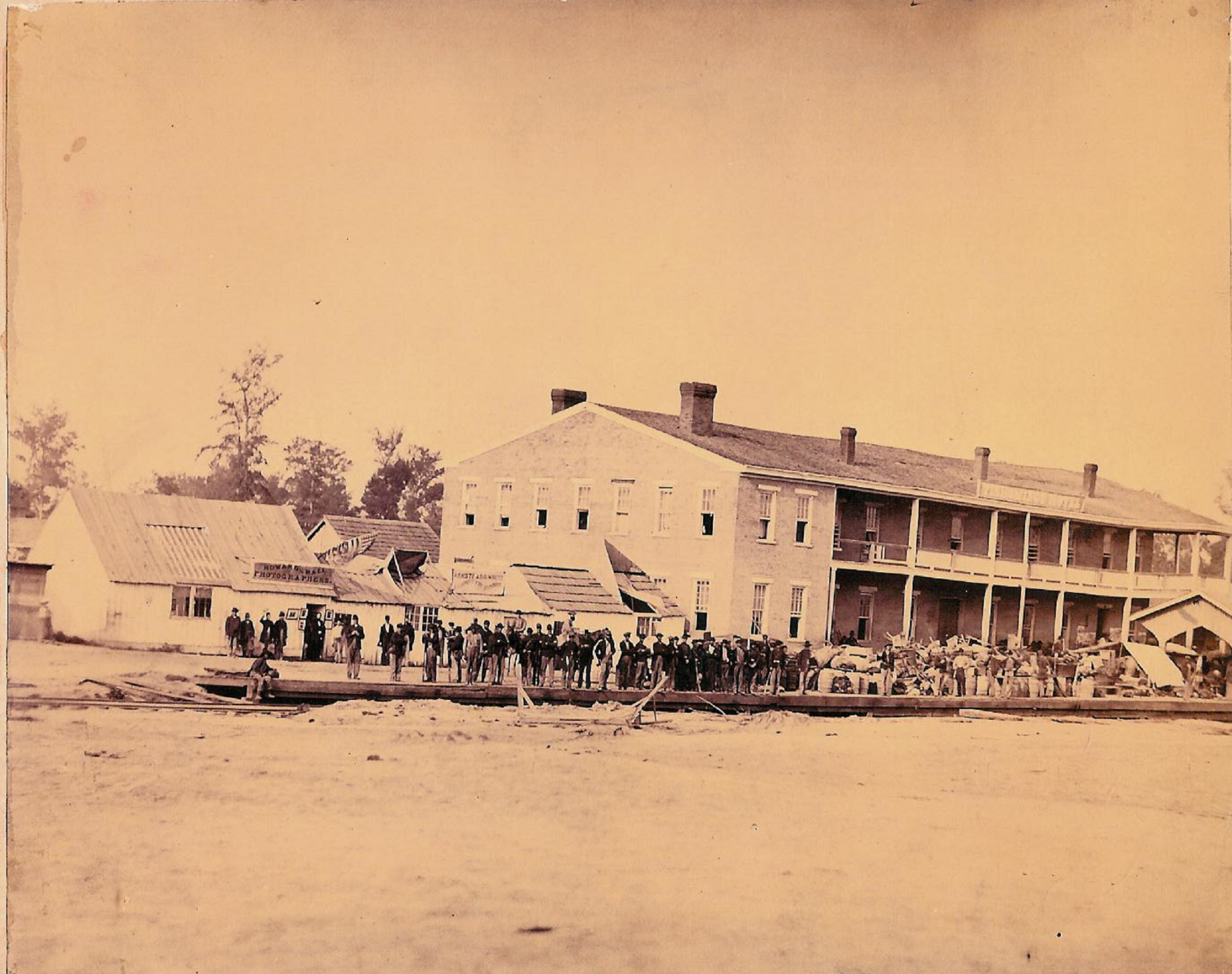
Corinth Tour #1, Stop #3 - Dr. Stout's House
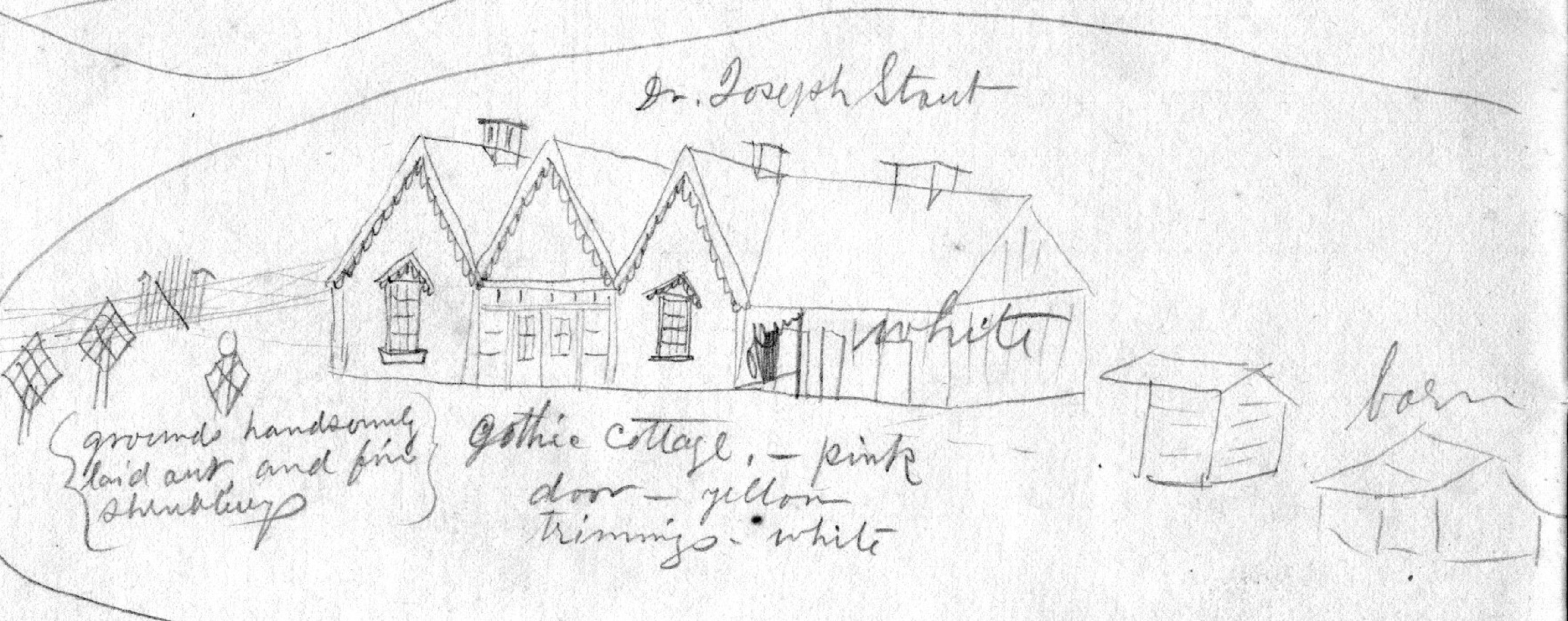
Corinth Tour #1, Stop #4 - Rose Cottage
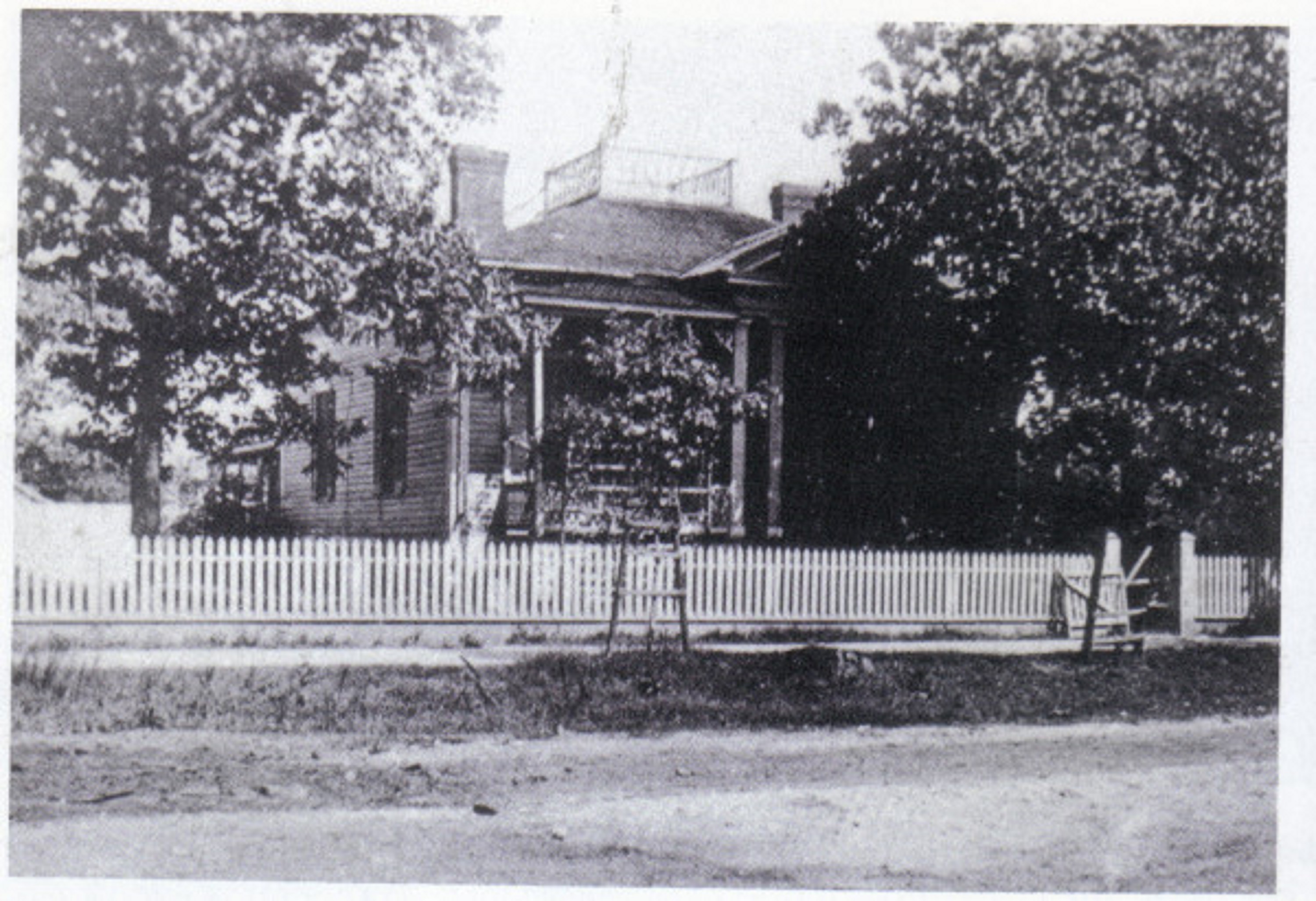
Corinth Tour #2, Stop #1 - Rail Crossover
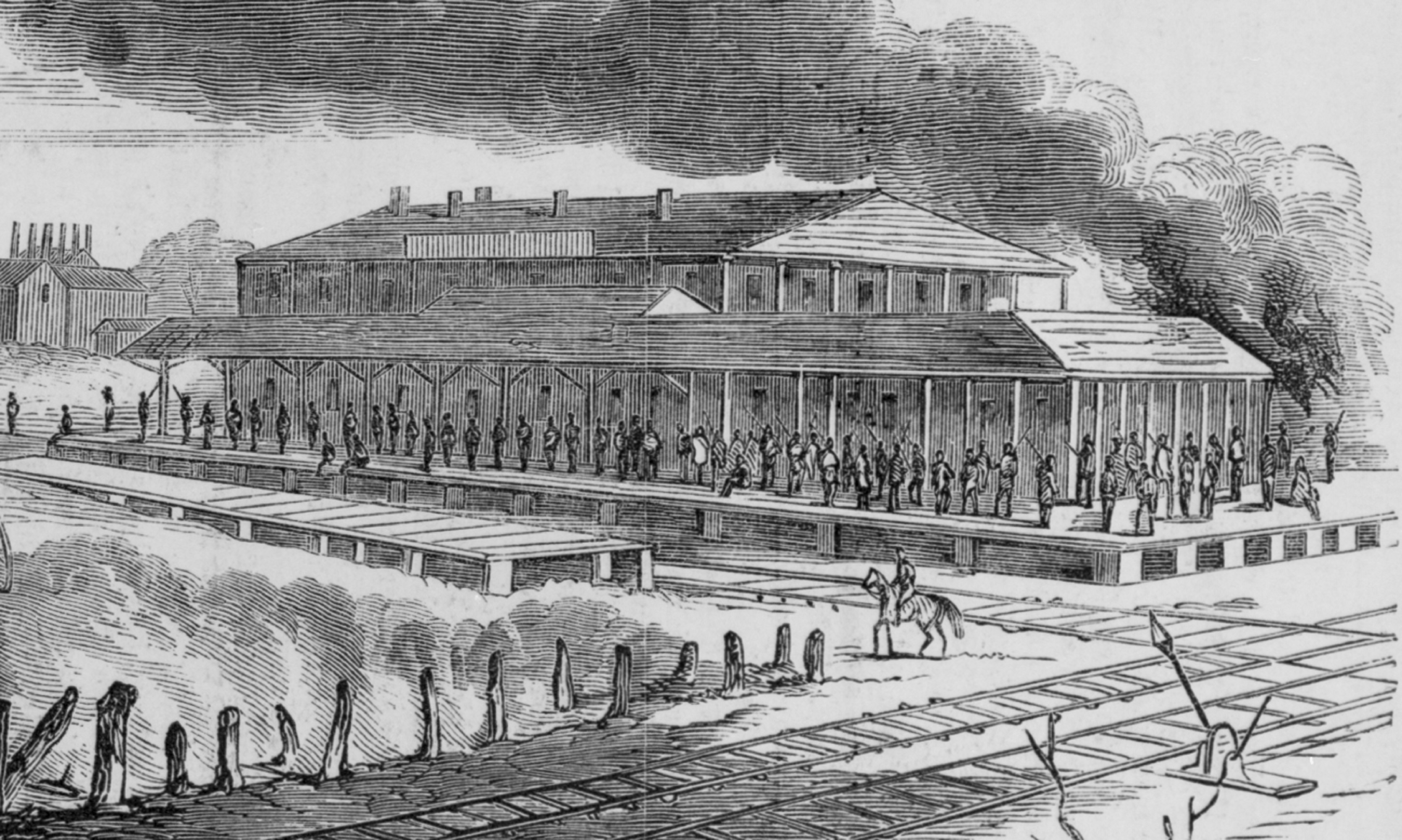
Corinth Tour #2, Stop #2 - Tishomingo Hotel
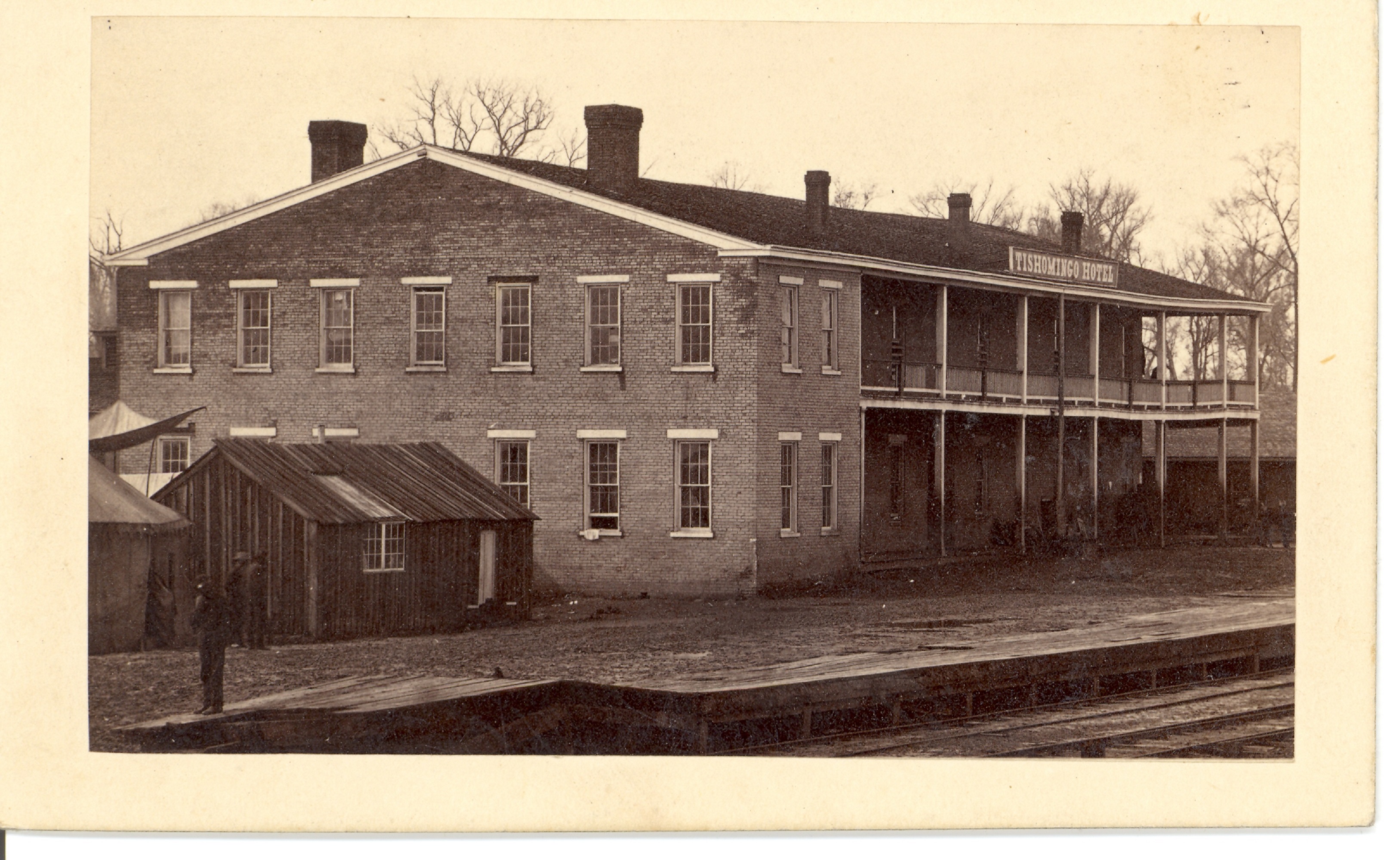
Corinth Tour #2, Stop #3 - Farmington Engagement
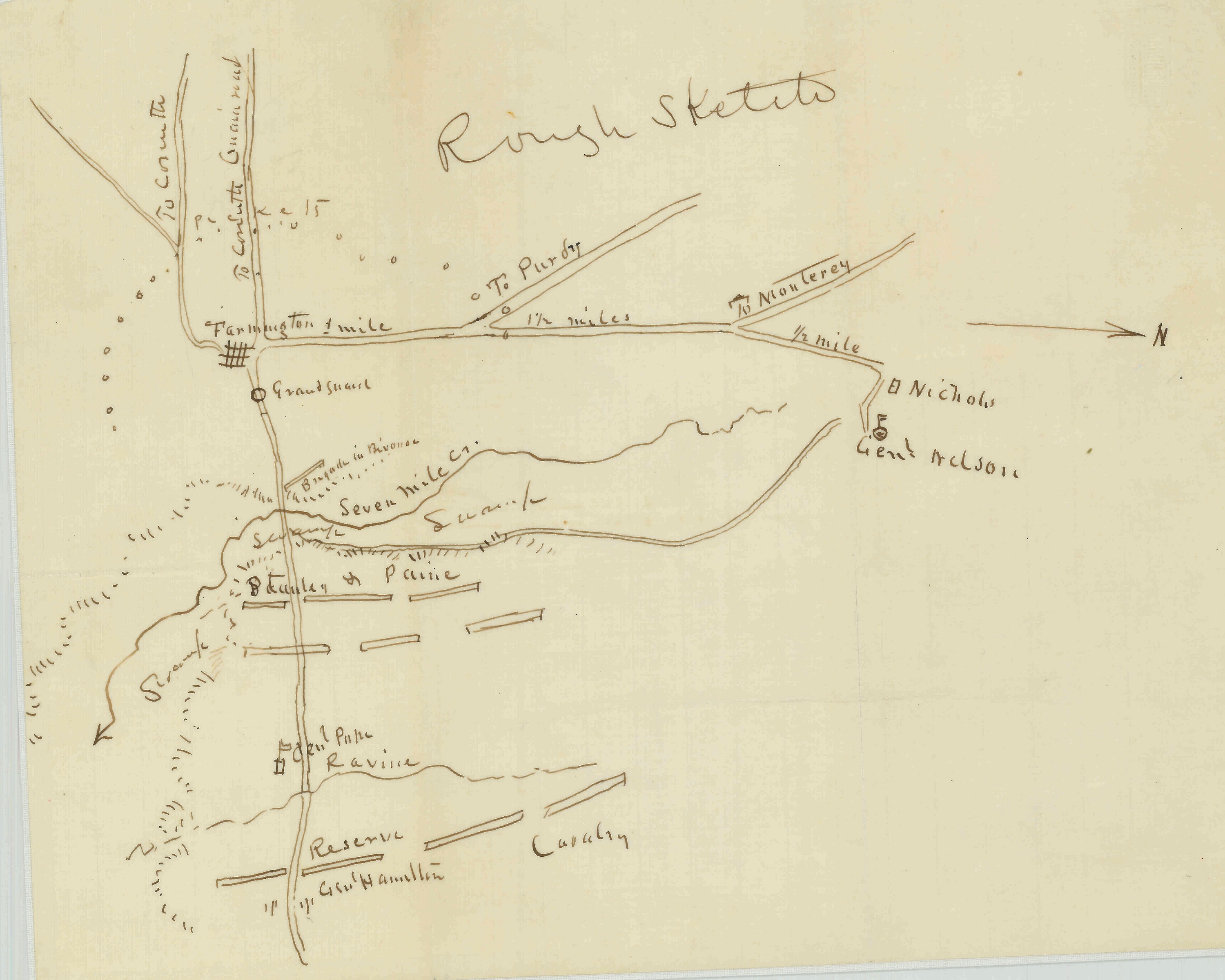
Corinth Tour #2, Stop #4 - Union Siege Lines (May 19)
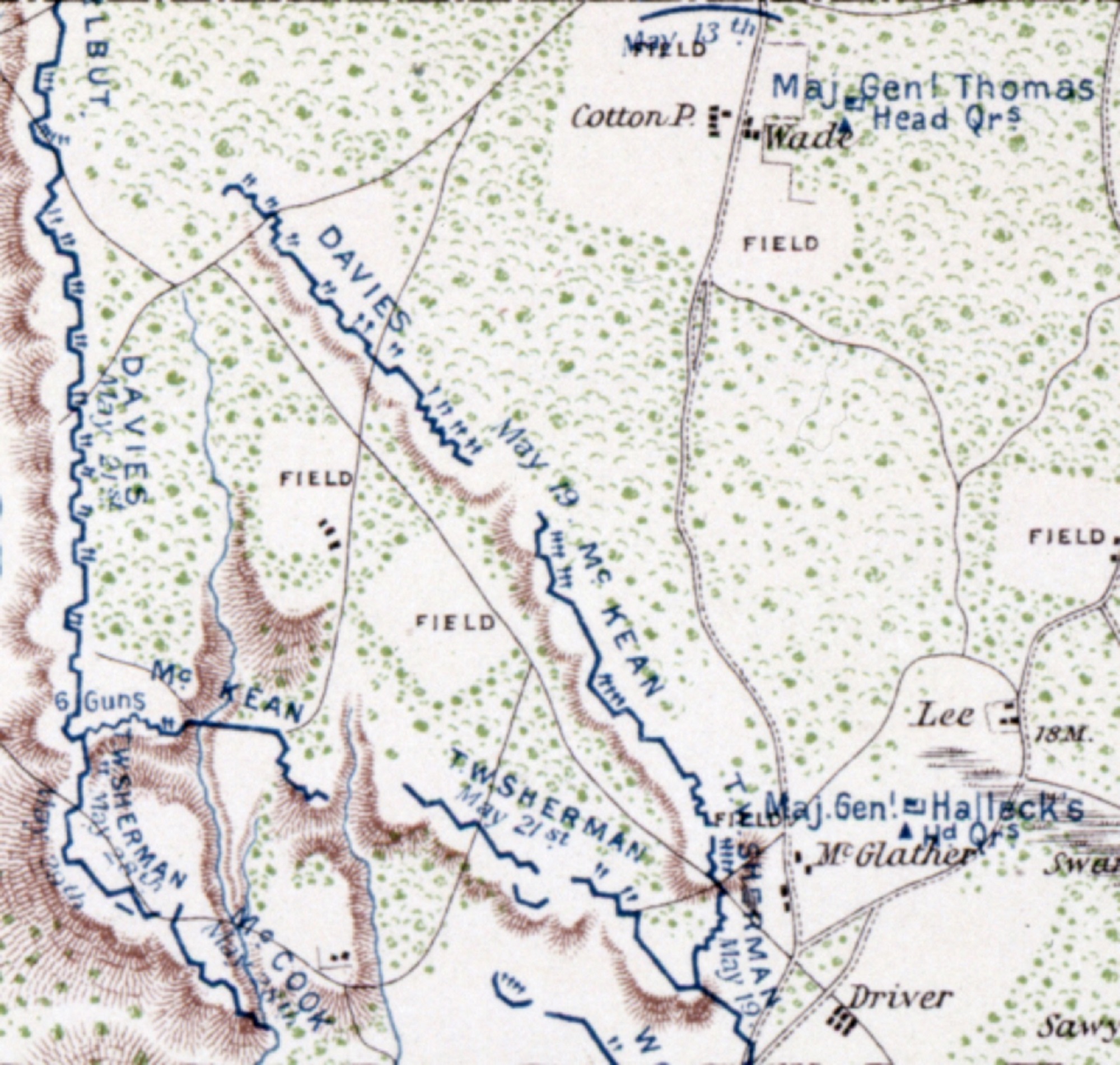
Corinth Tour #2, Stop #5 - Union Siege Lines (May 21-28)
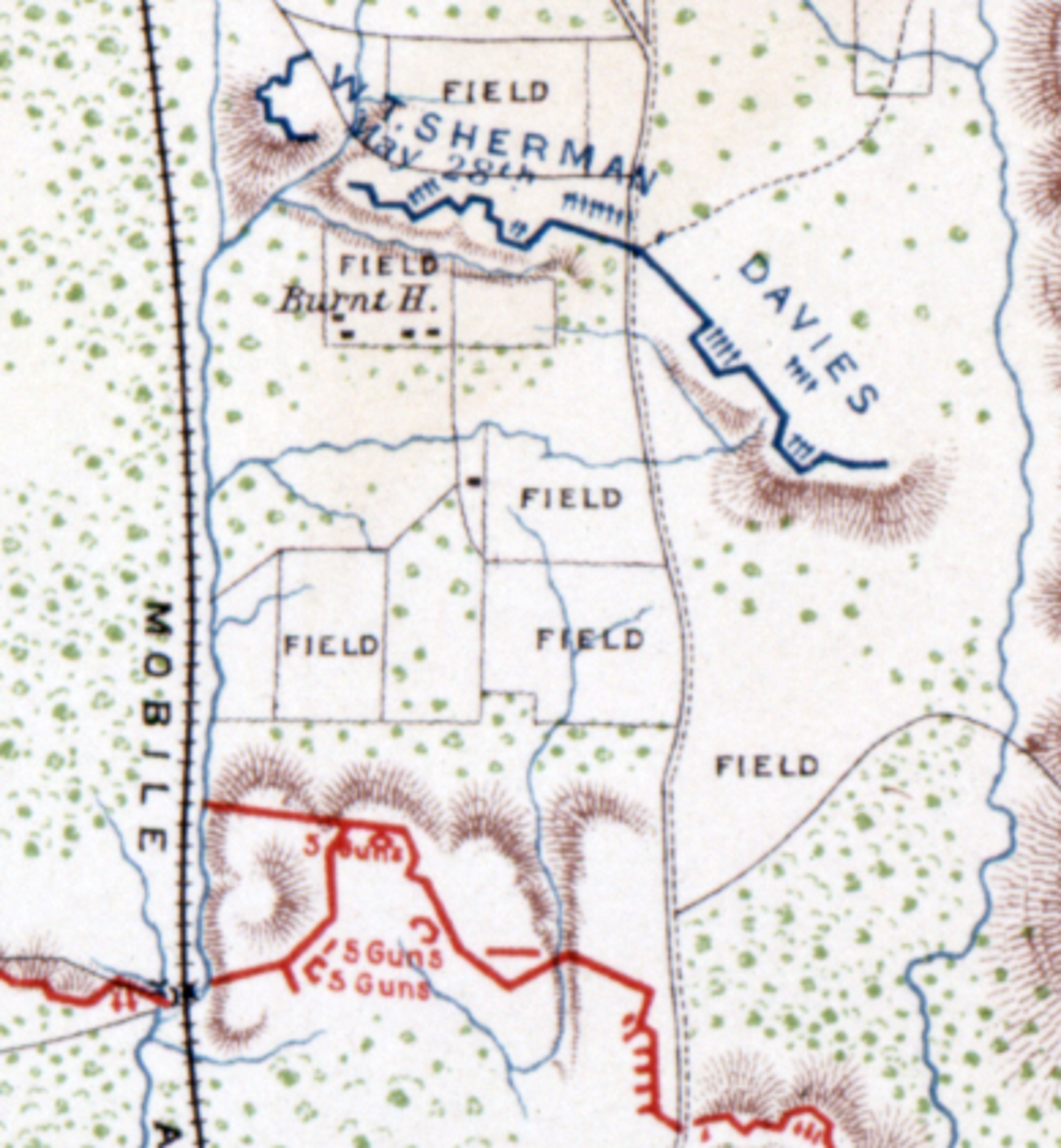
Corinth Tour #2, Stop #6 - Confederate Siege Lines
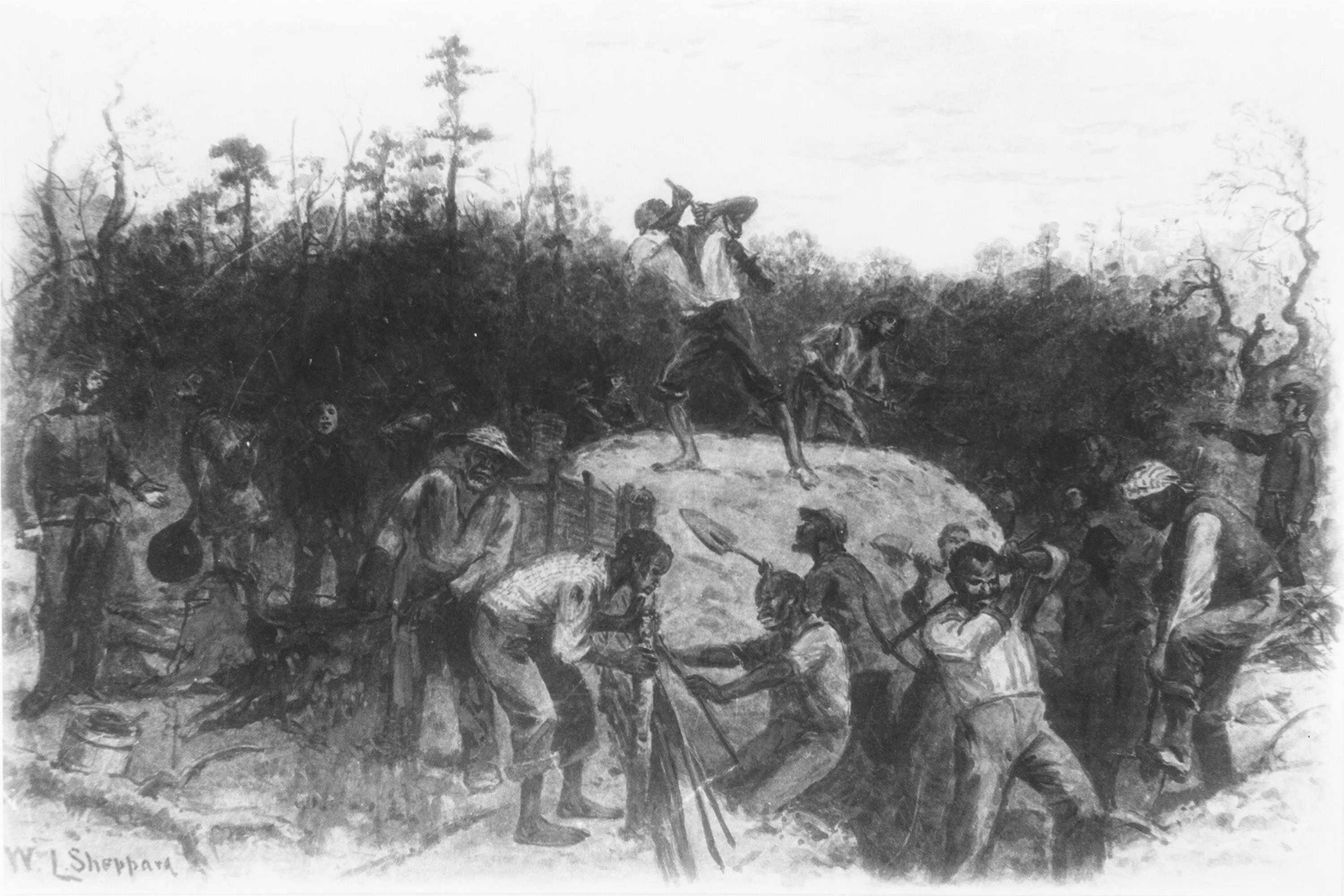
Corinth Tour #3, Stop #1 - 11th Ohio Battery
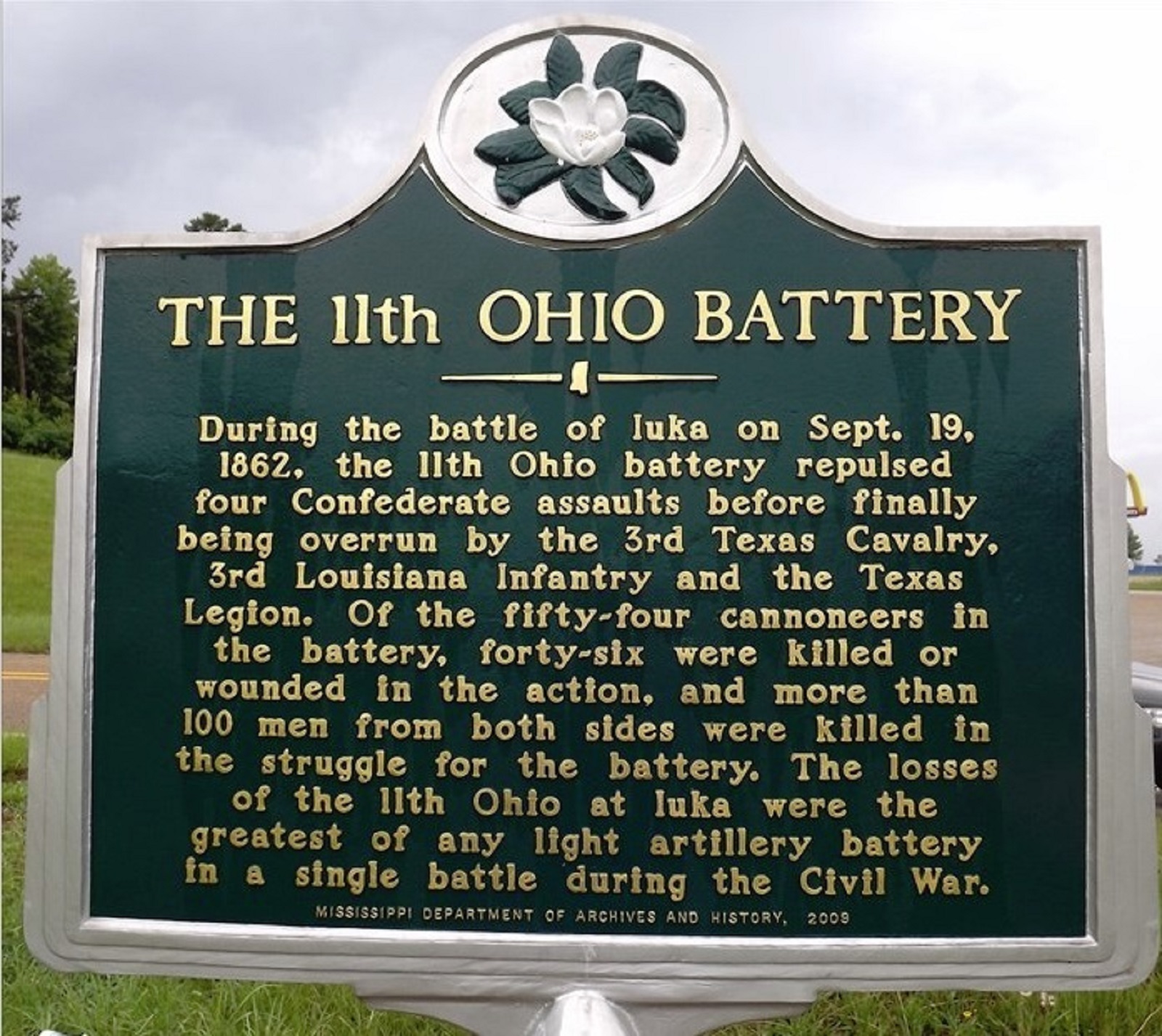
Corinth Tour #3, Stop #3 - Mineral Springs Park and Hotel
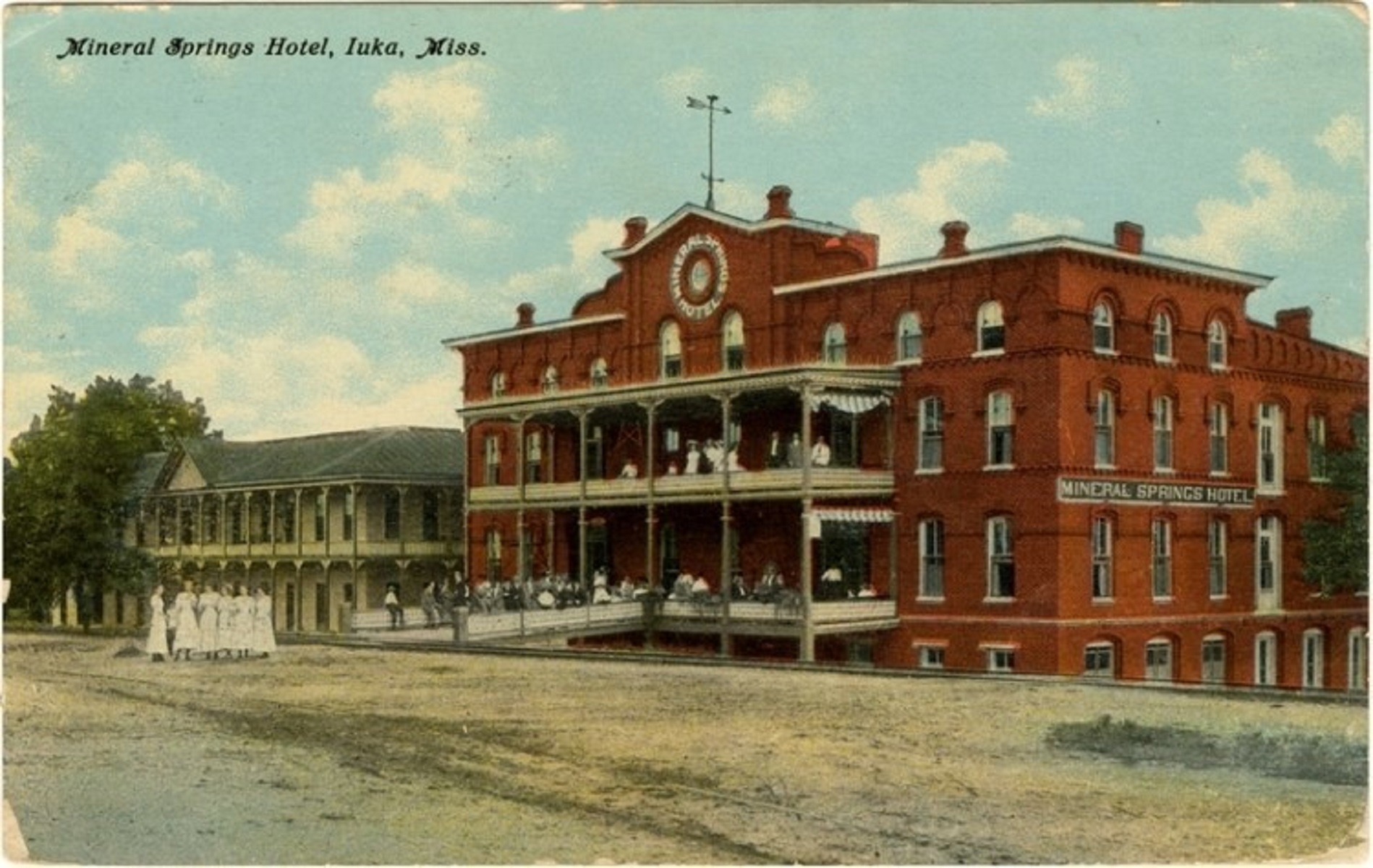
Corinth Tour #3, stop #2 - confederate burial trench
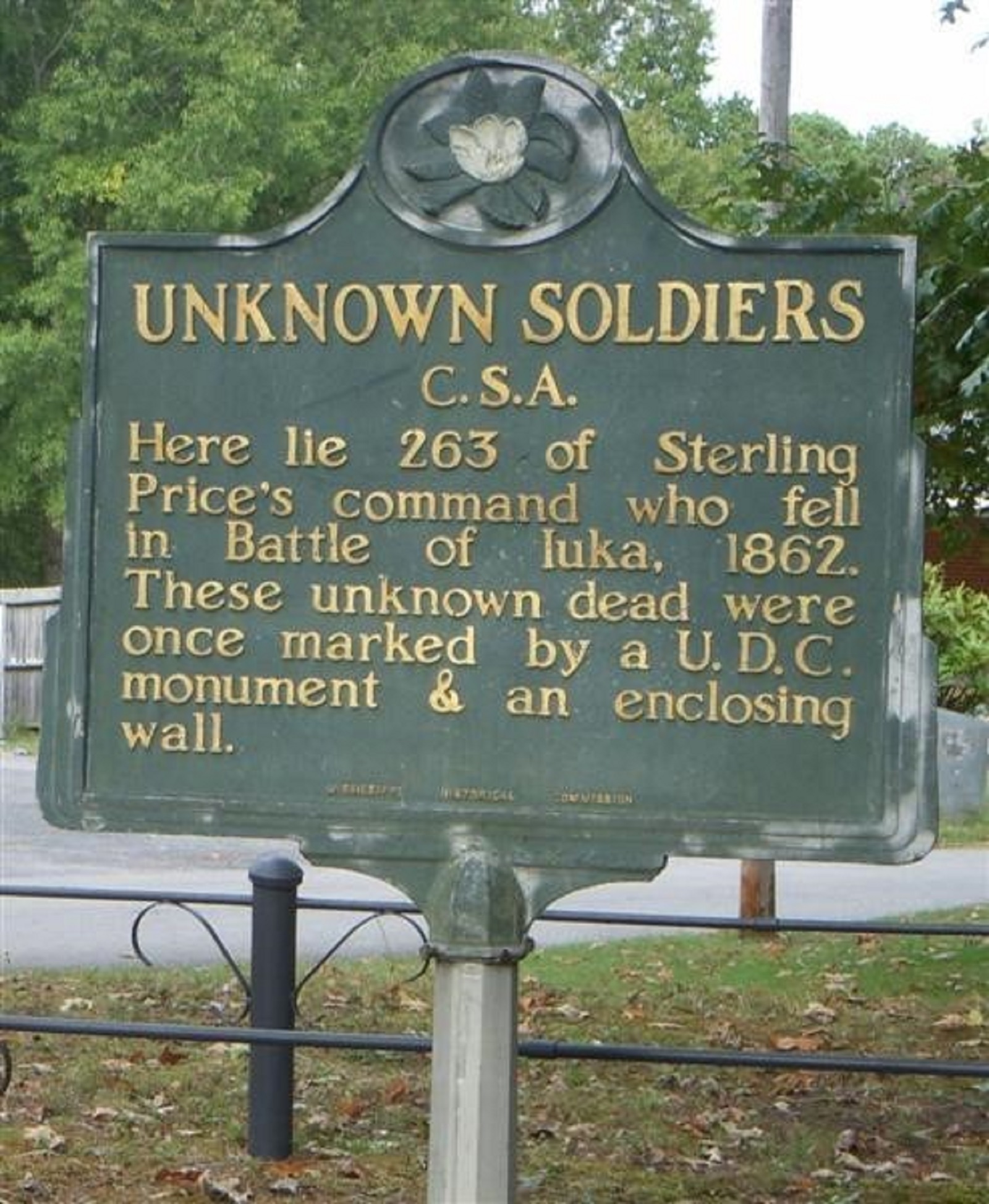
Corinth Tour #4, Stop #1 - Rail Crossover
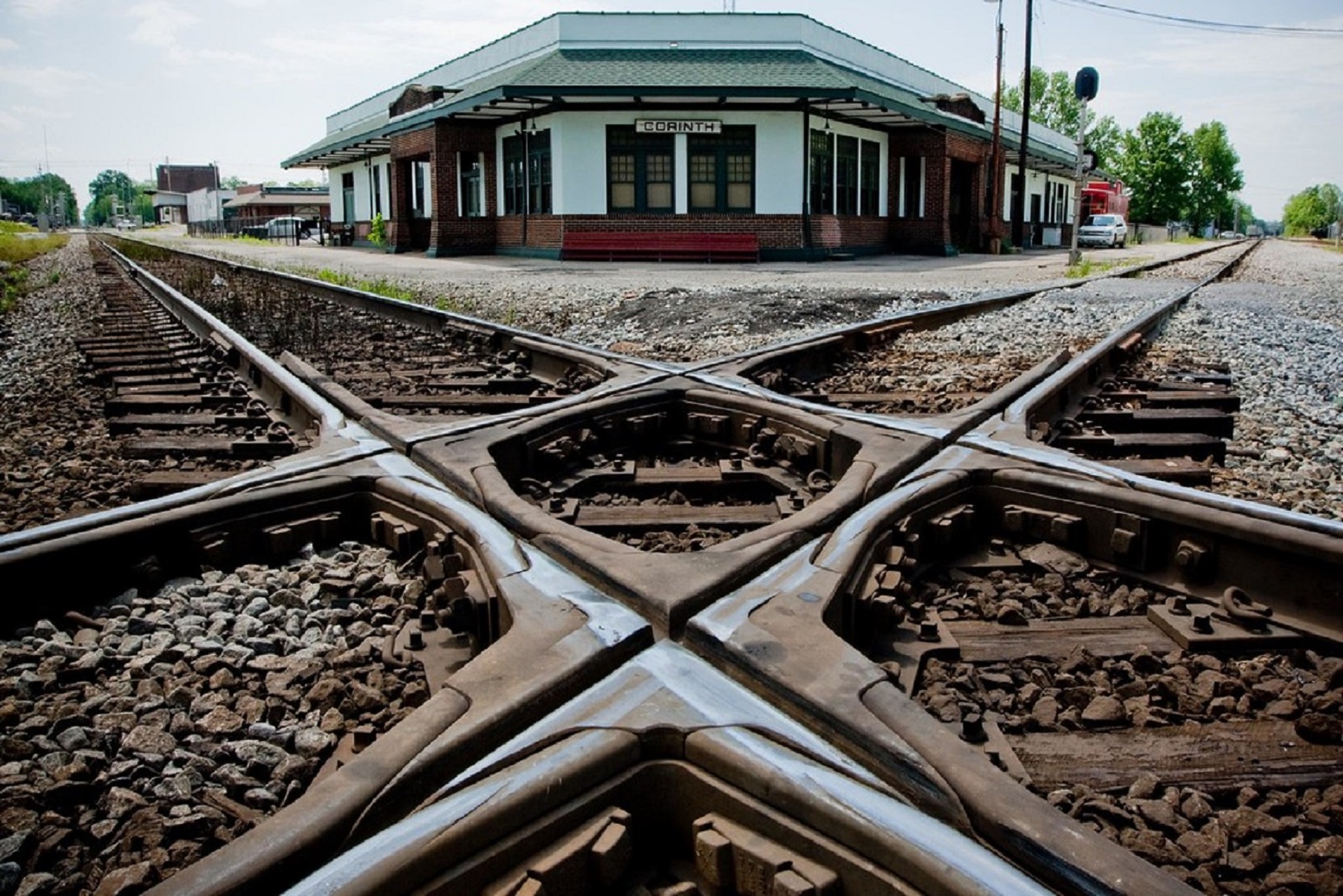
Corinth Tour #5, Stop #1 - Chewalla
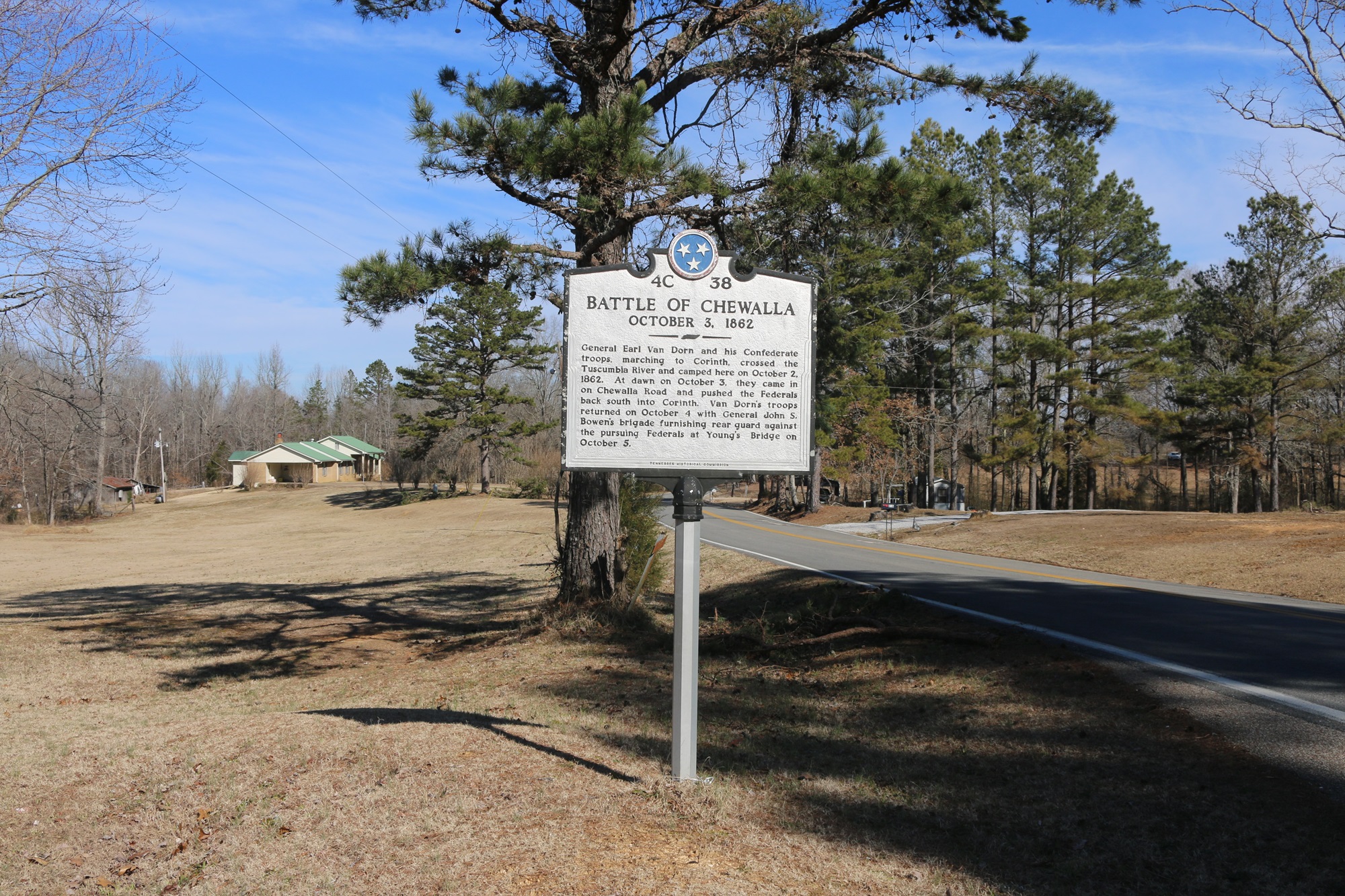
Corinth Tour #5, Stop #2 - Big Hill
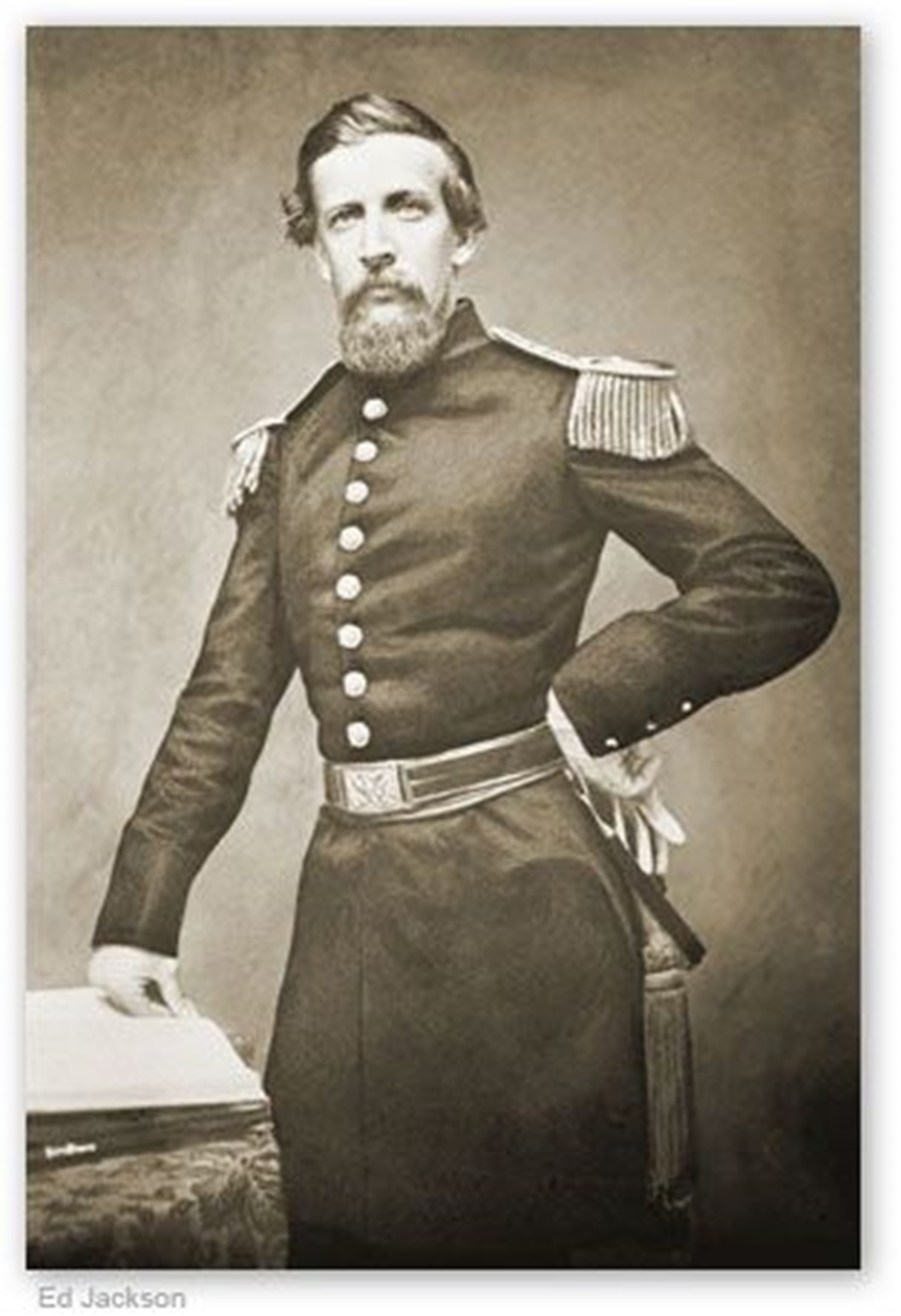
Corinth Tour #5, Stop #2 - Metamora Ridge
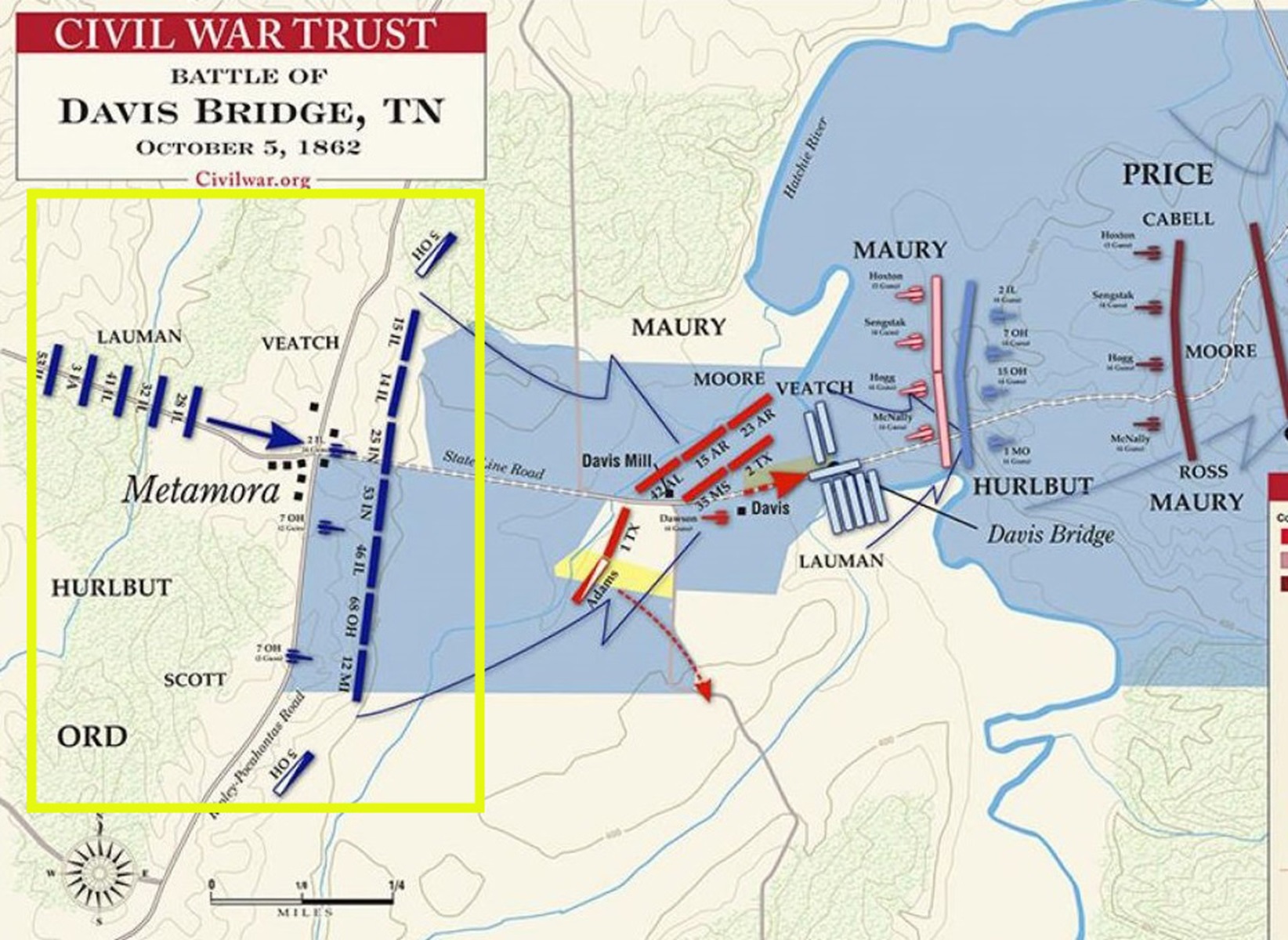
Corinth Tour #5, Stop #3 - Young's Bridge

Daniel Davis Wheatfield - Tour Stop #15
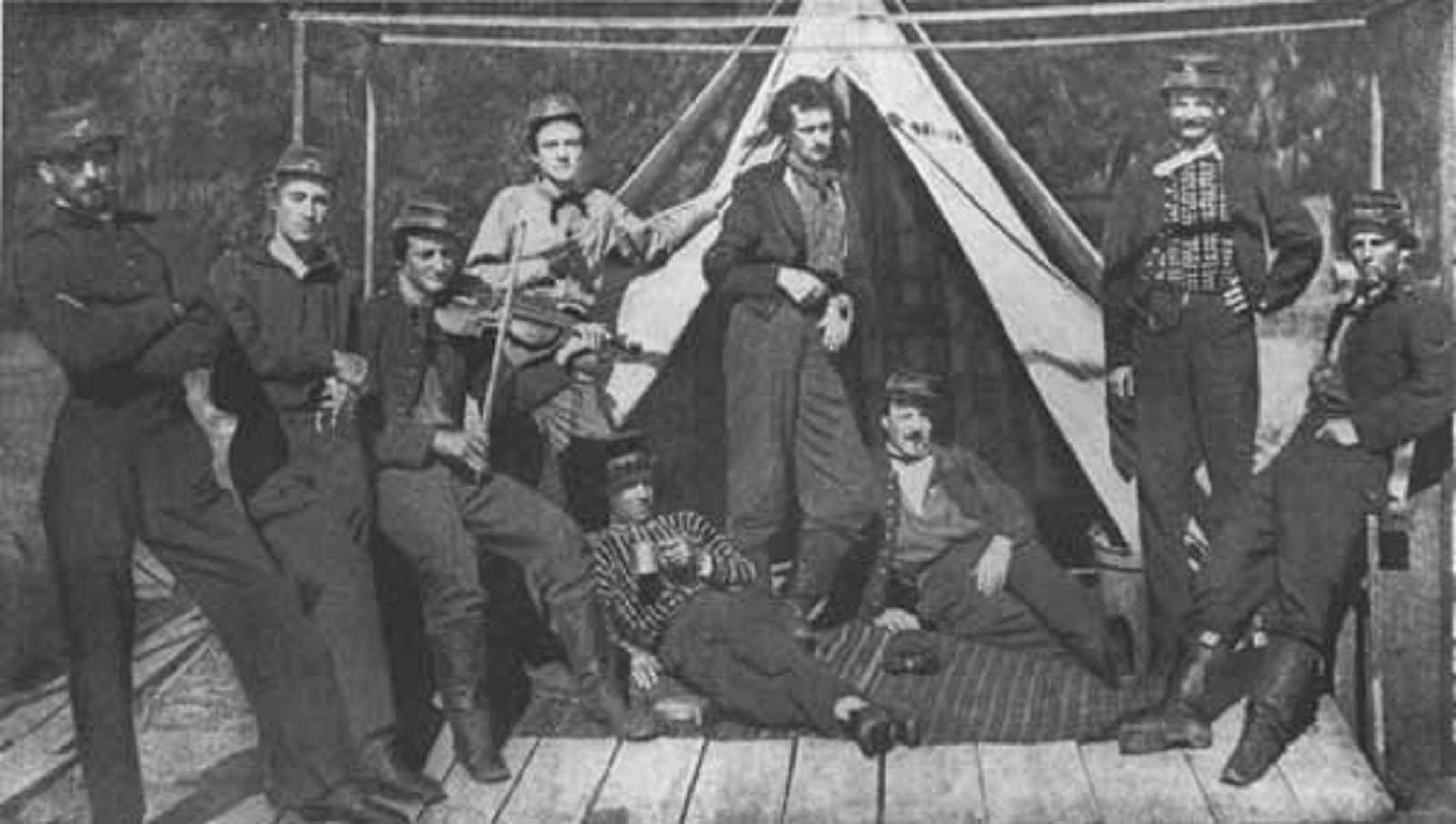
- Some of the heaviest fighting of the second day of Shiloh took place in the Daniel Davis Wheatfield.
Davis Bridge Battlefield
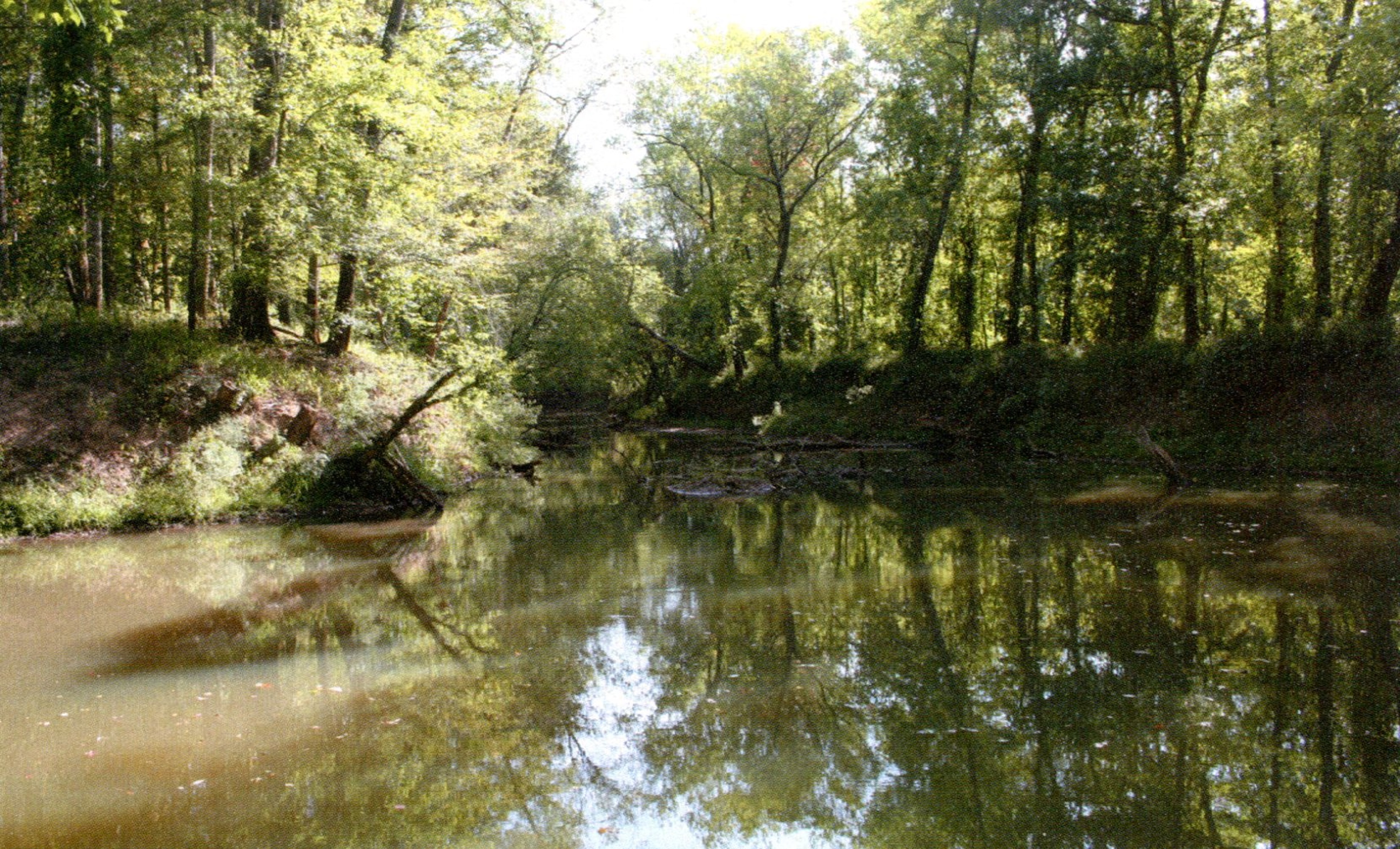
Death of Albert Sidney Johnston - Tour Stop #17
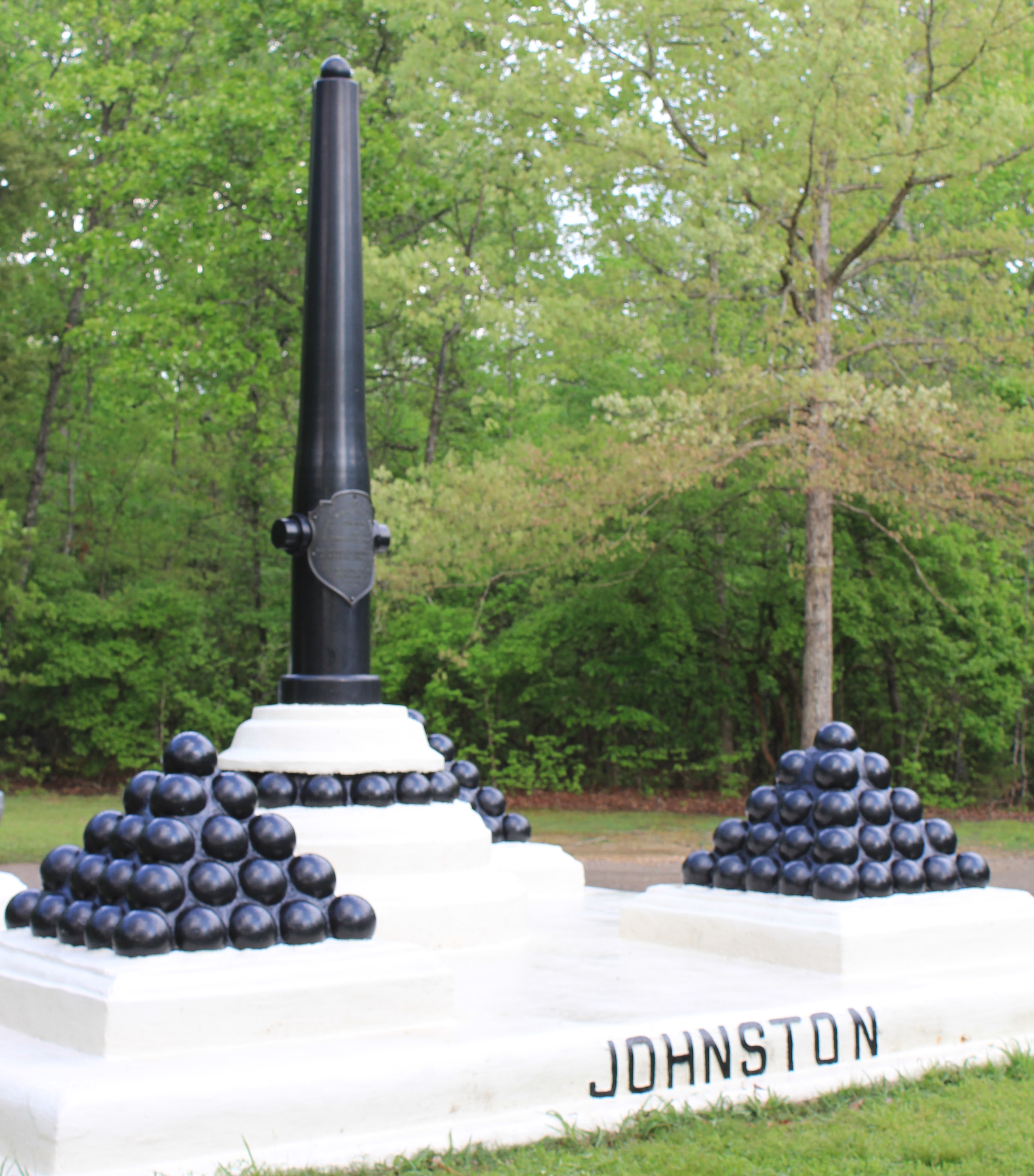
- Albert Sidney Johnston was the second highest ranking general in the Confederate army and commander of all Confederate forces in the Western Theater. A stray bullet at the Battle of Shiloh would cost the Confederacy the general that Jefferson Davis considered to be America's greatest soldier.
Dill Branch Ravine - Tour Stop #20
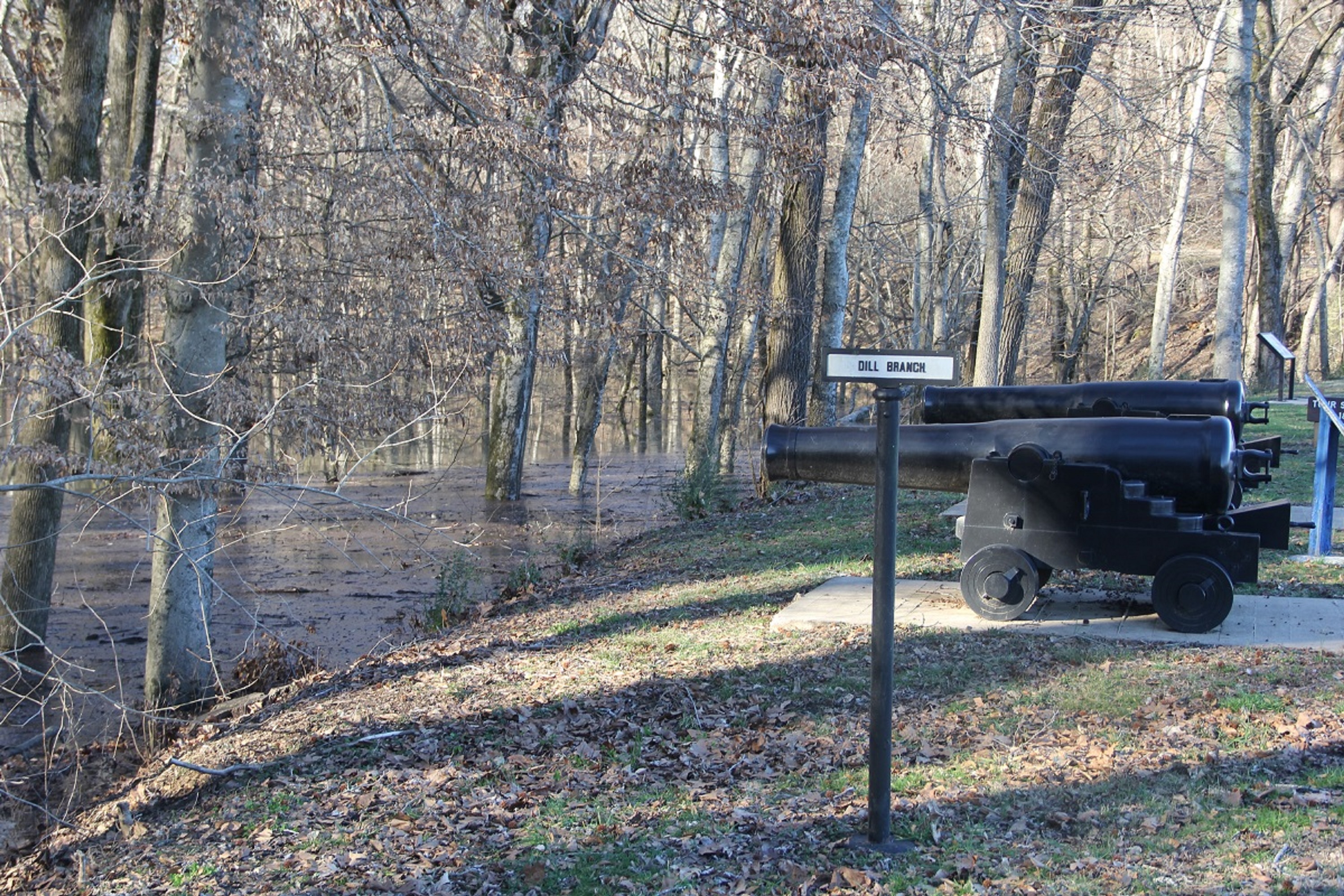
- Where two Union gunboats fired upon attacking Confederate infantry in the late afternoon of April 6. They would continue to lob shells into the Confederate lines that evening.
Duncan Field - Tour Stop #3
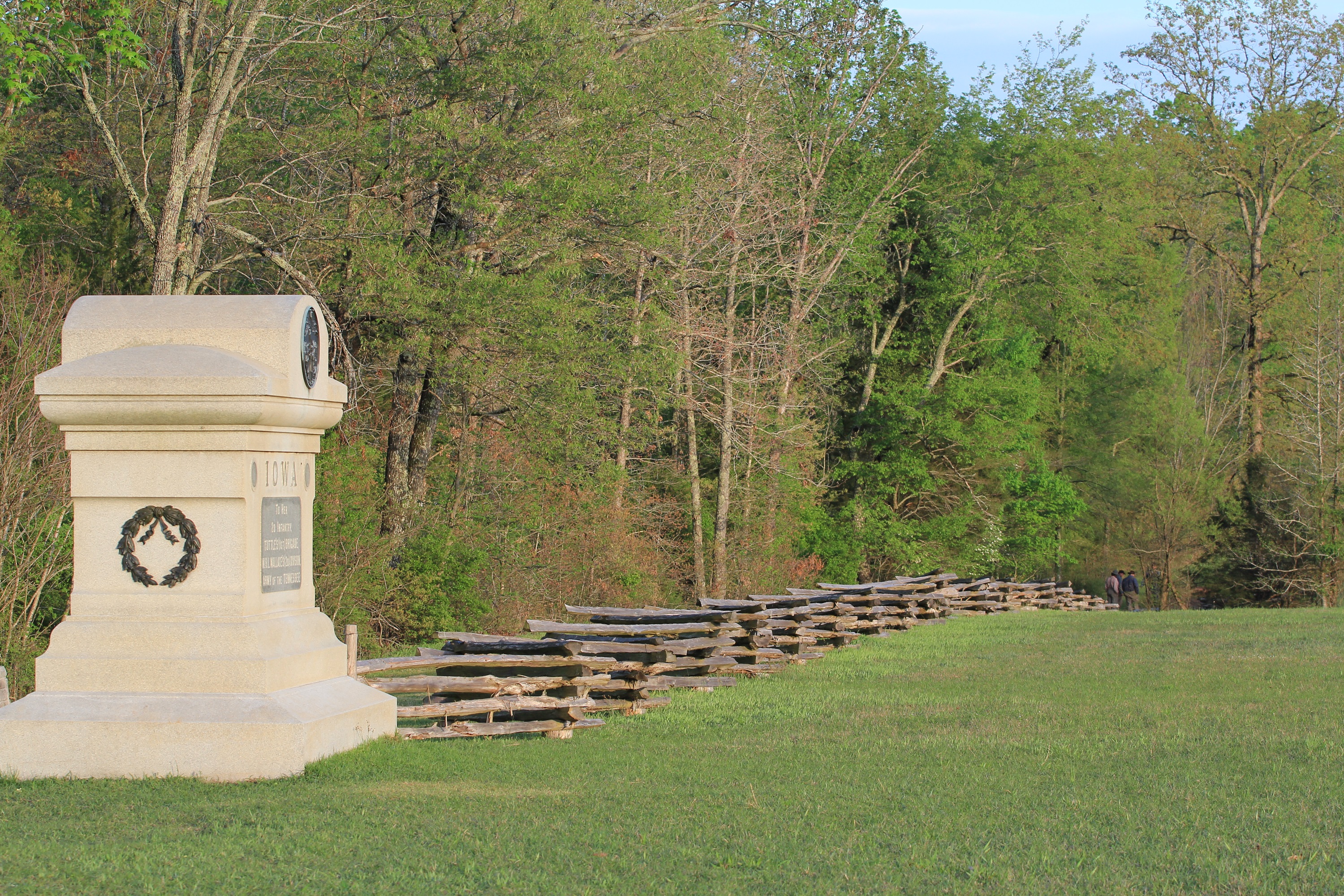
Field Hospital - Tour Stop #16
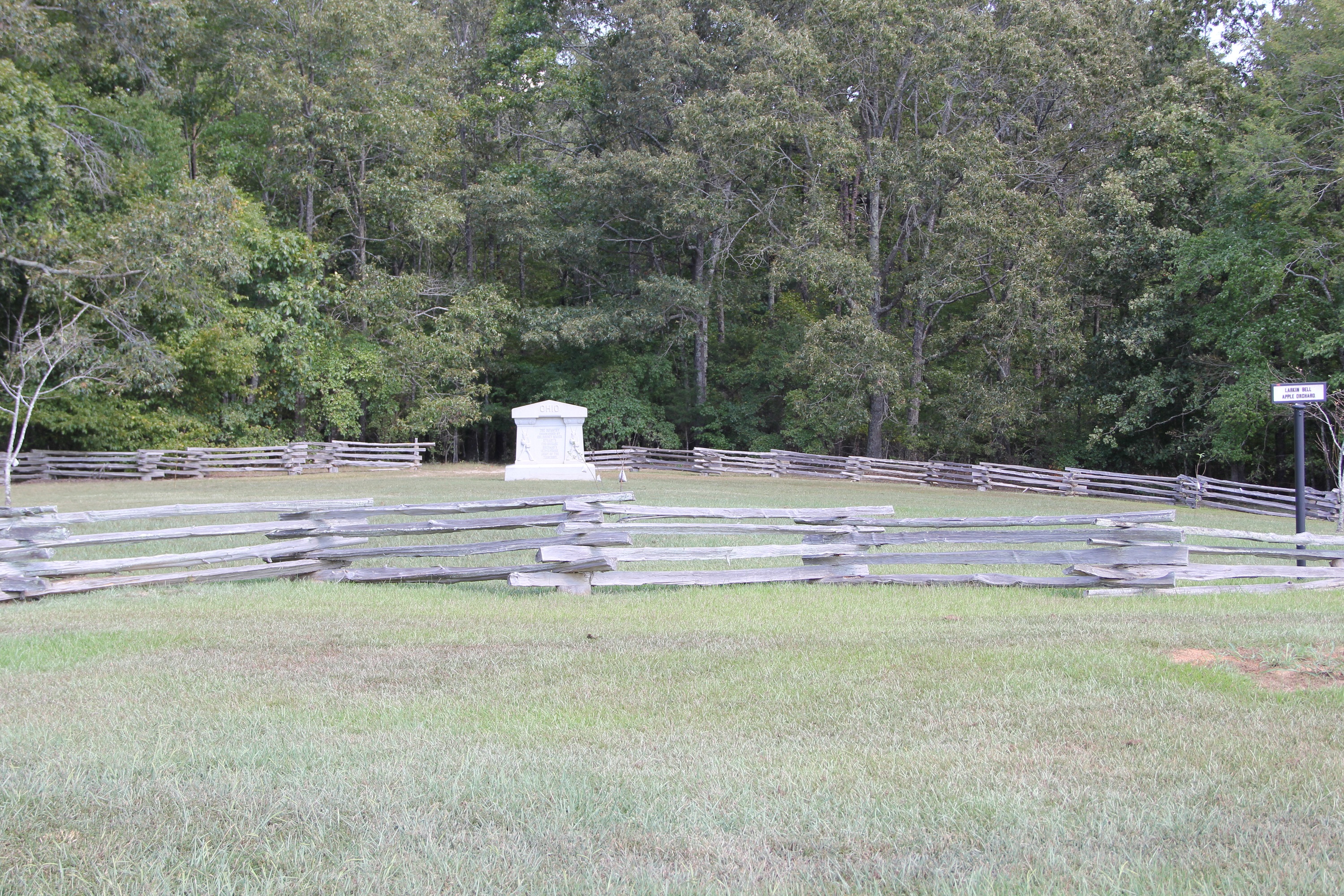
Fraley Field - Tour Stop #7

Grant's Last Line - Tour Stop #1
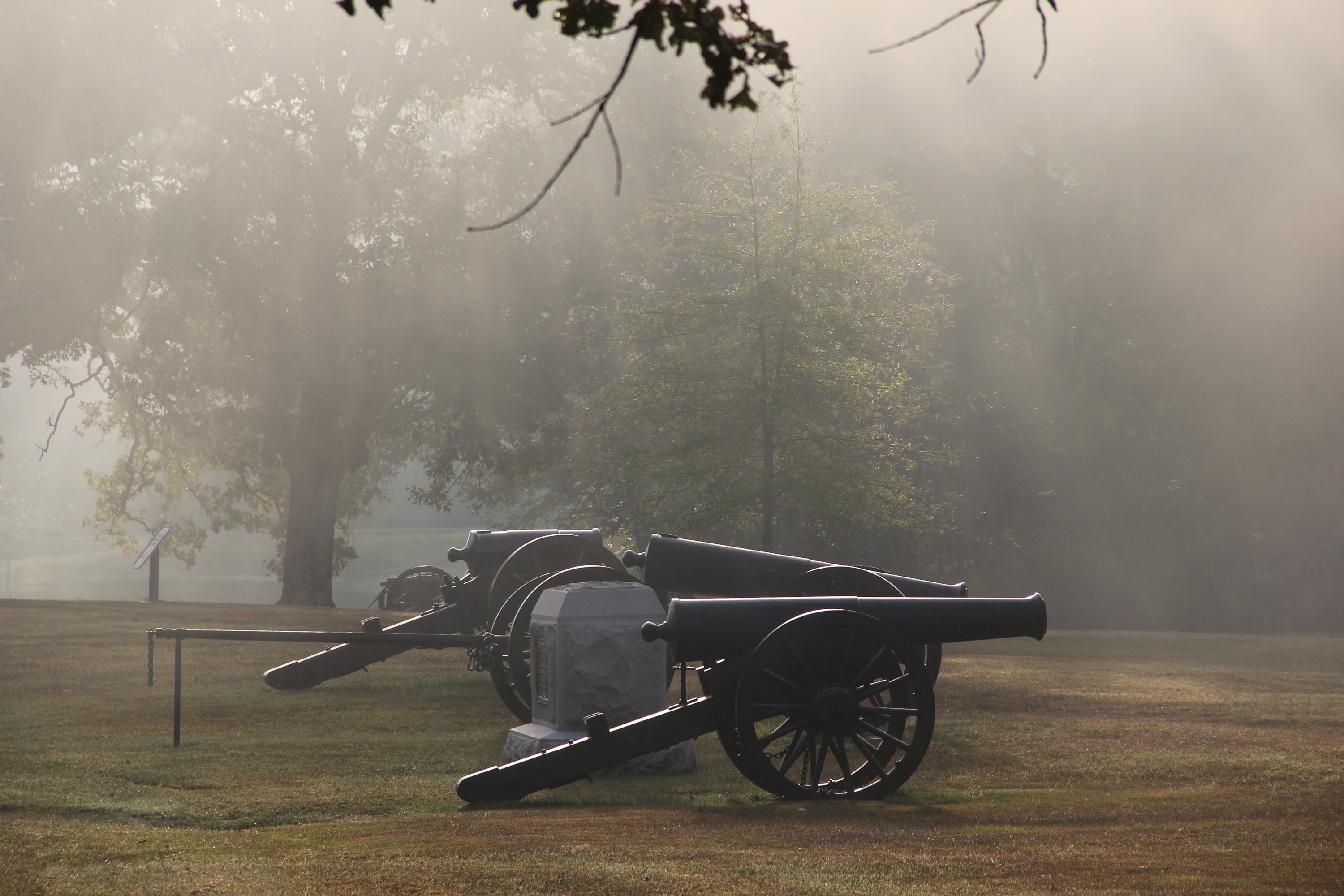
- With his army surprised by the Confederate attack and on the verge of being driven from the field, General Ulysses S. Grant massed 51 pieces of artillery (including heavy siege guns) and dug fortifications in a last-ditch effort to save his army.
Grant's Left Flank - Tour Stop #21
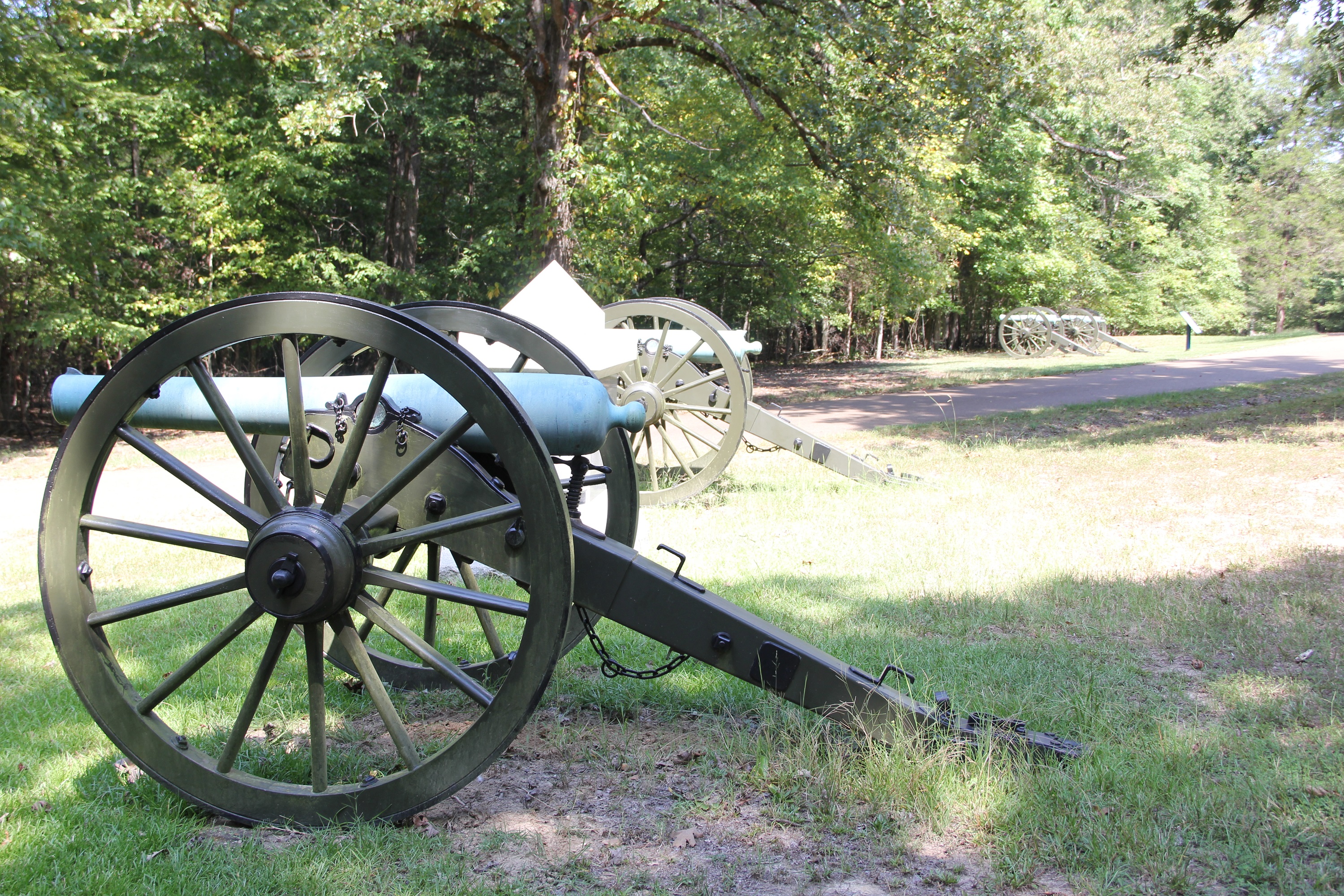
- The left flank of Grant's army on the evening of April 6.
Hornets' Nest - Tour Stop #10
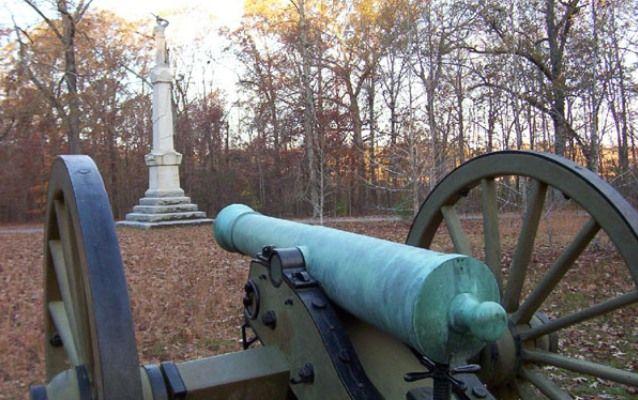
- There is perhaps no more famous Civil War icon than the Hornets' Nest at Shiloh. Ranking with Pickett's Charge at Gettysburg, Bloody Lane at Antietam, and the Stone Wall at Fredericksburg, Shiloh's Hornet's Nest is well known to even the most novice Civil War student.
Invasion of the Union Camps - Tour Stop #9
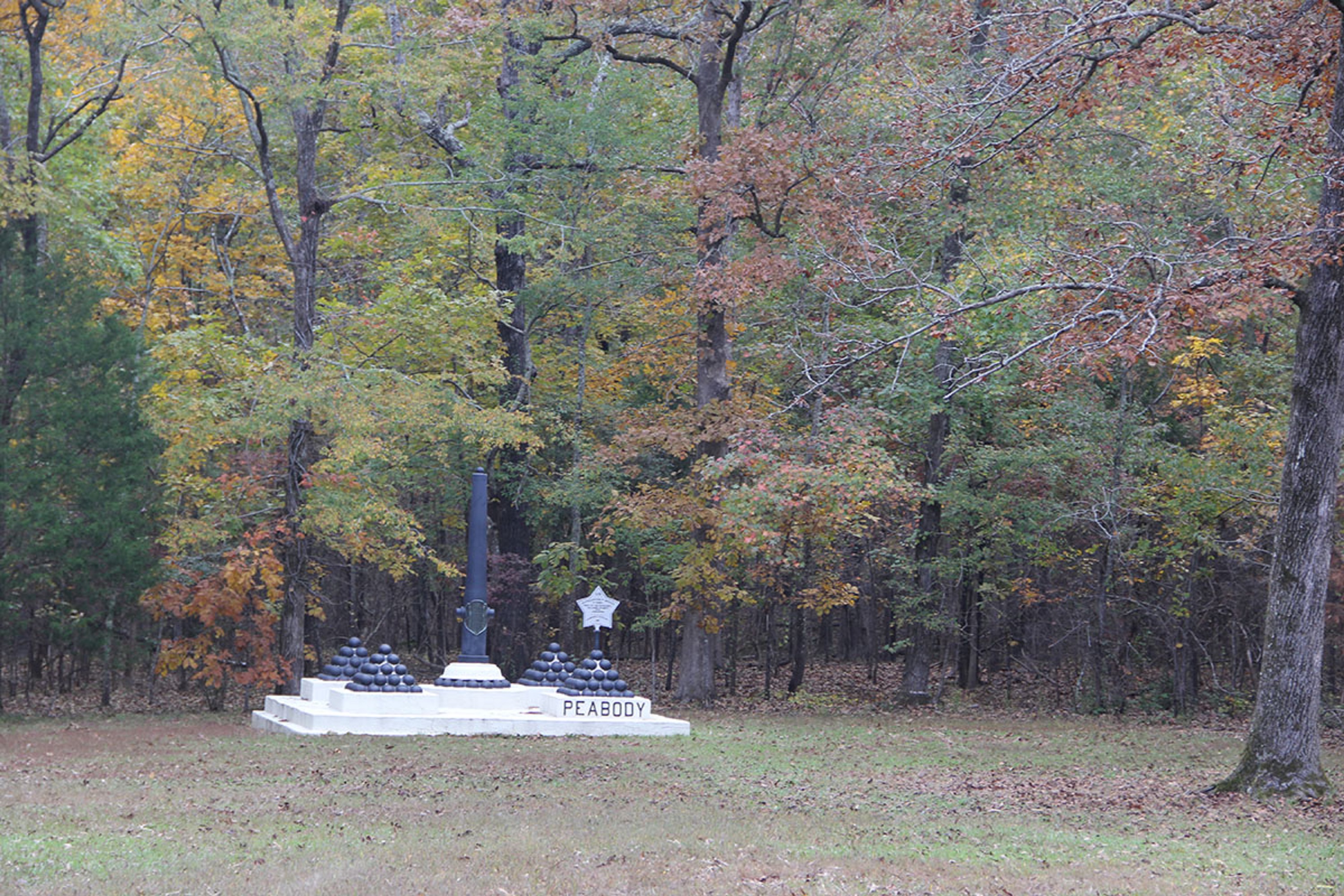
Jones Field - Tour Stop #12
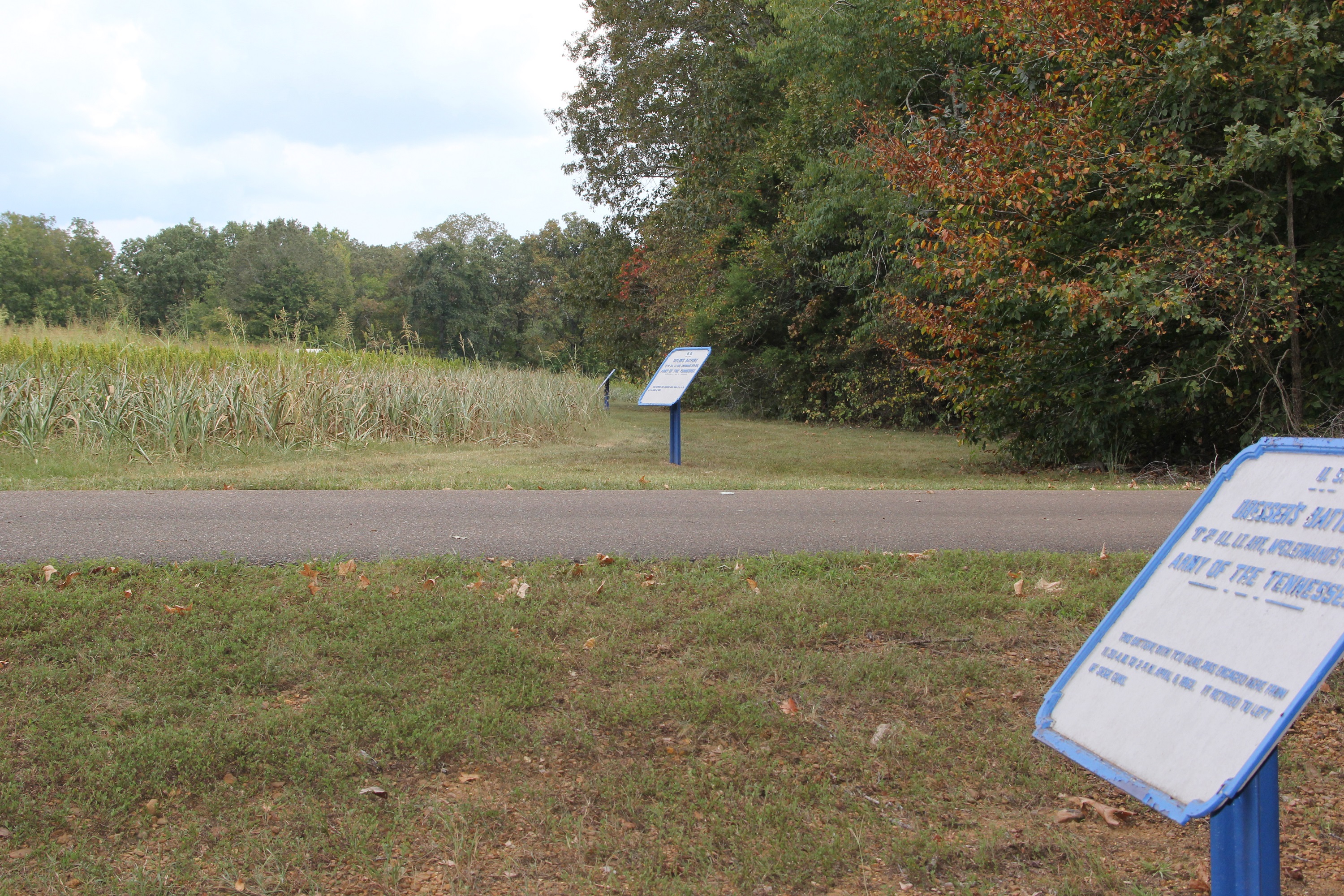
- Jones Field
Orientation Shelter - Tour Stop #1

- Shiloh Indian Mounds Shelter and trailhead.
Peach Orchard - Tour Stop #18

Pittsburg Landing - Tour Stop #22
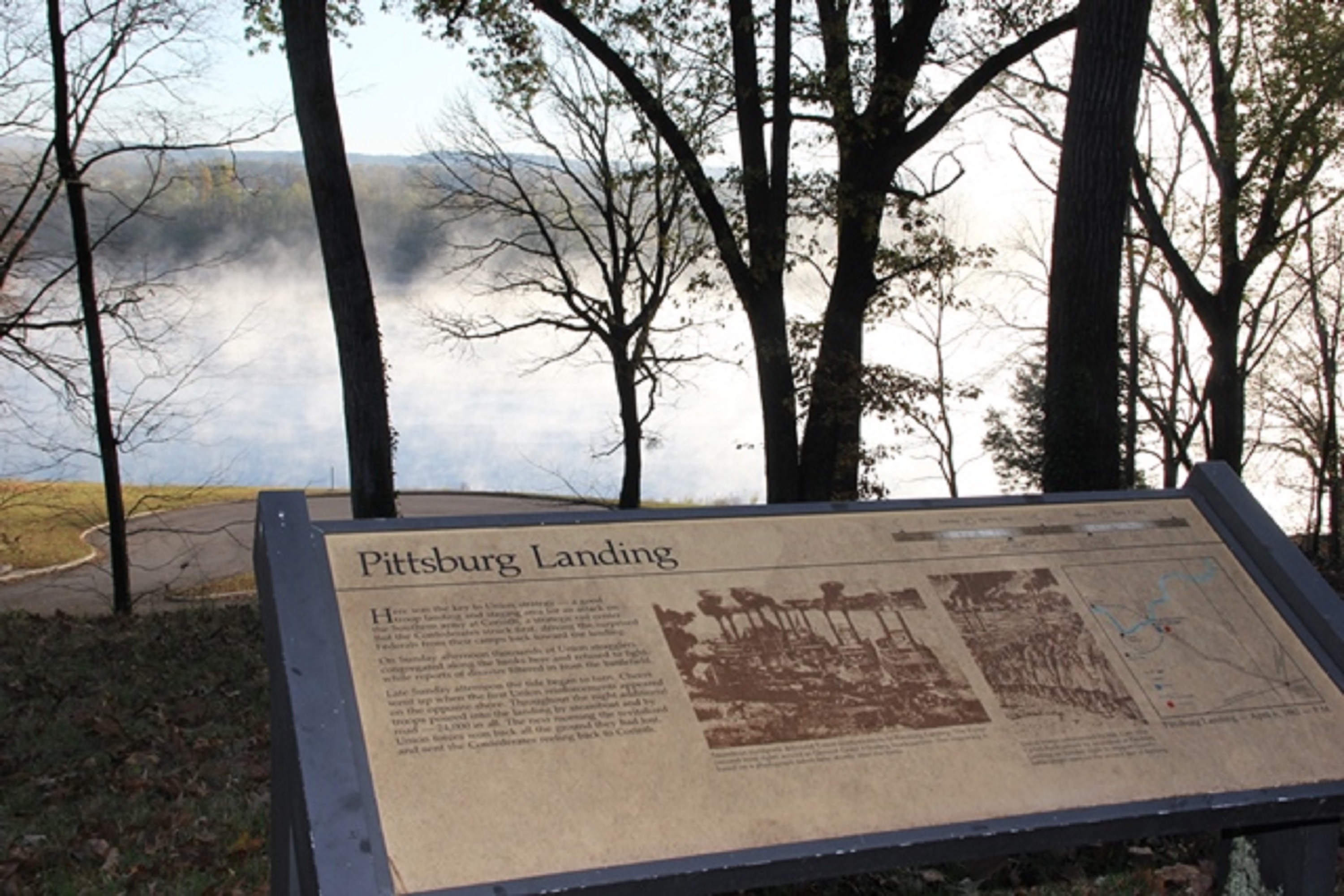
- Pittsburg Landing on the Tennessee River
Rhea Field - Tour Stop #6
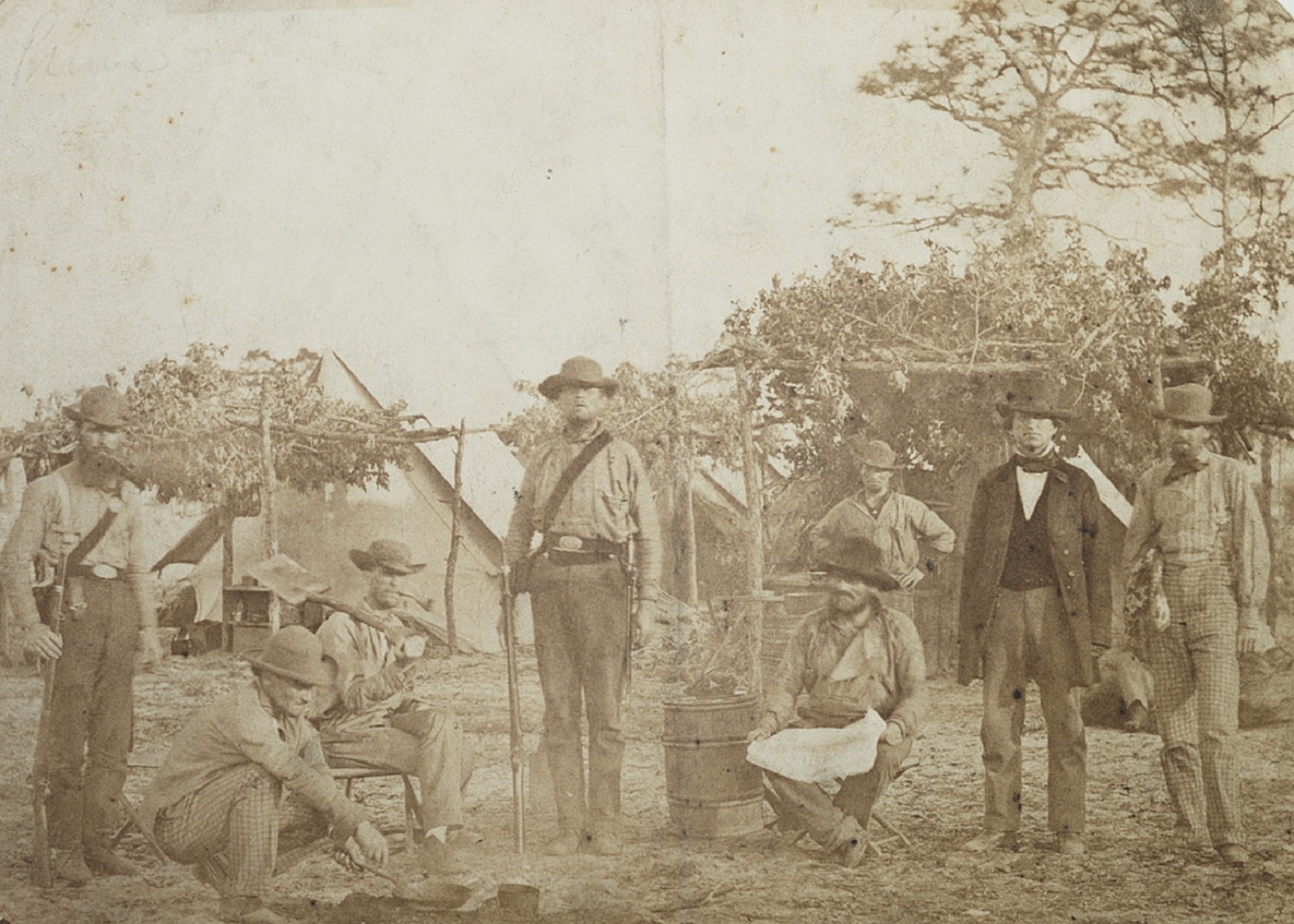
Ruggles' Battery - Tour Stop #4
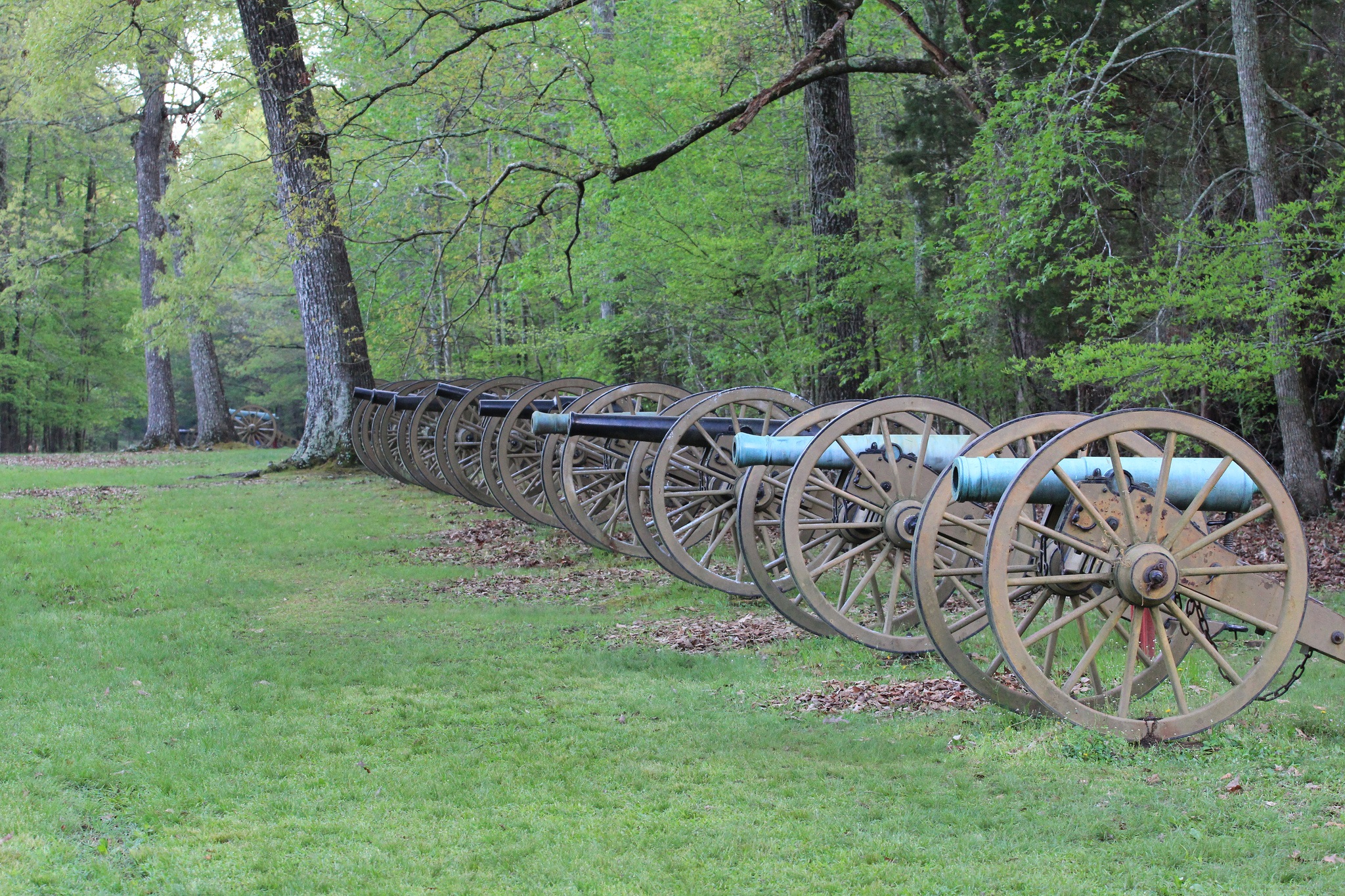
- Tour Stop #4, Ruggels' Battery
Shiloh Auto Tour Conclusion
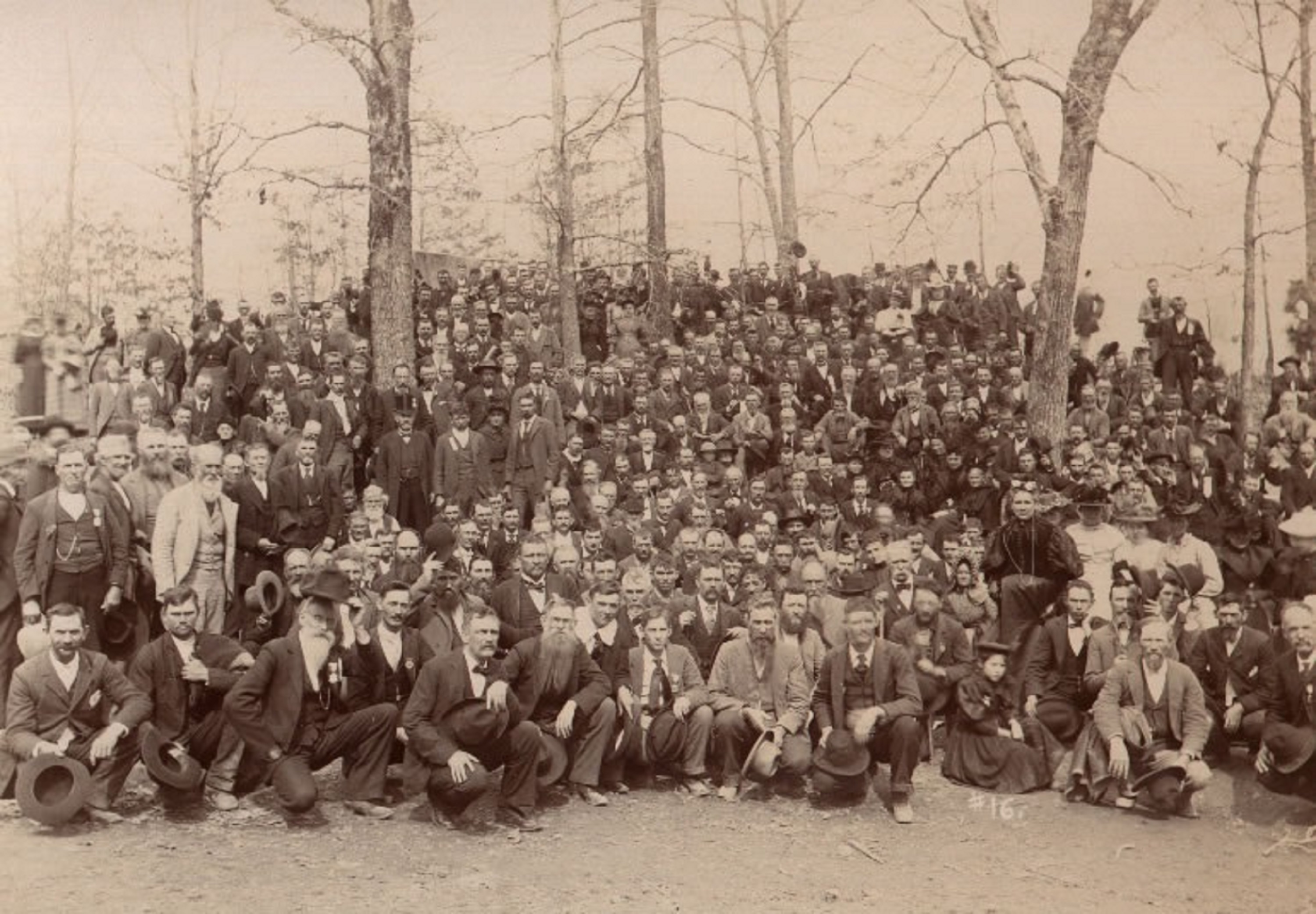
- The end of the Shiloh battlefield auto tour.
Shiloh Battlefield Book Store
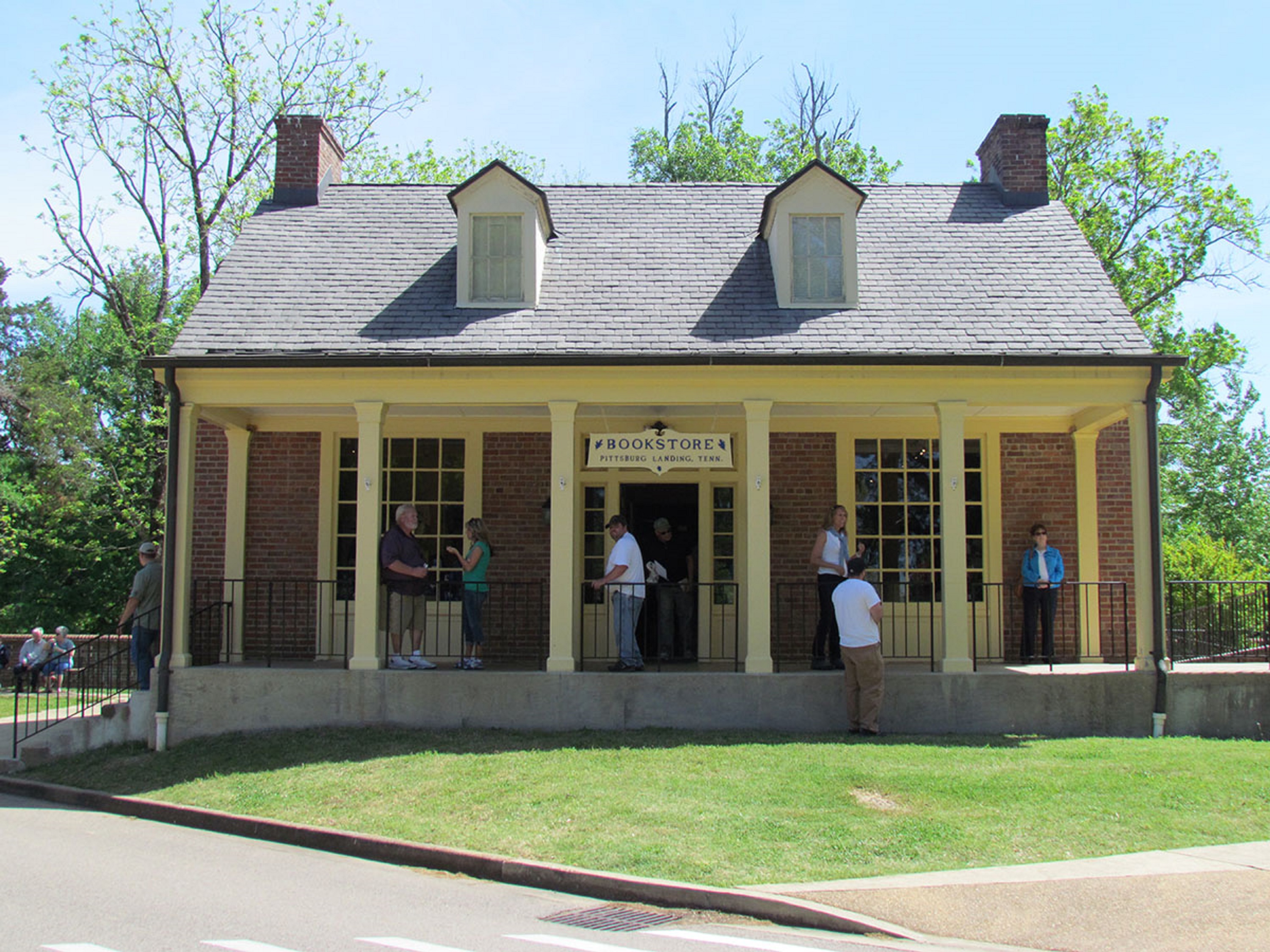
- Shiloh's bookstore, operated by America's National Parks. Offers educational items and souvenirs related to the Battle of Shiloh, Siege and Battle of Corinth, and the Civil War in the western theater.
Shiloh Battlefield Self-Guided Tour Introduction

- Shiloh Visitor Center
Shiloh Church - Tour Stop #5
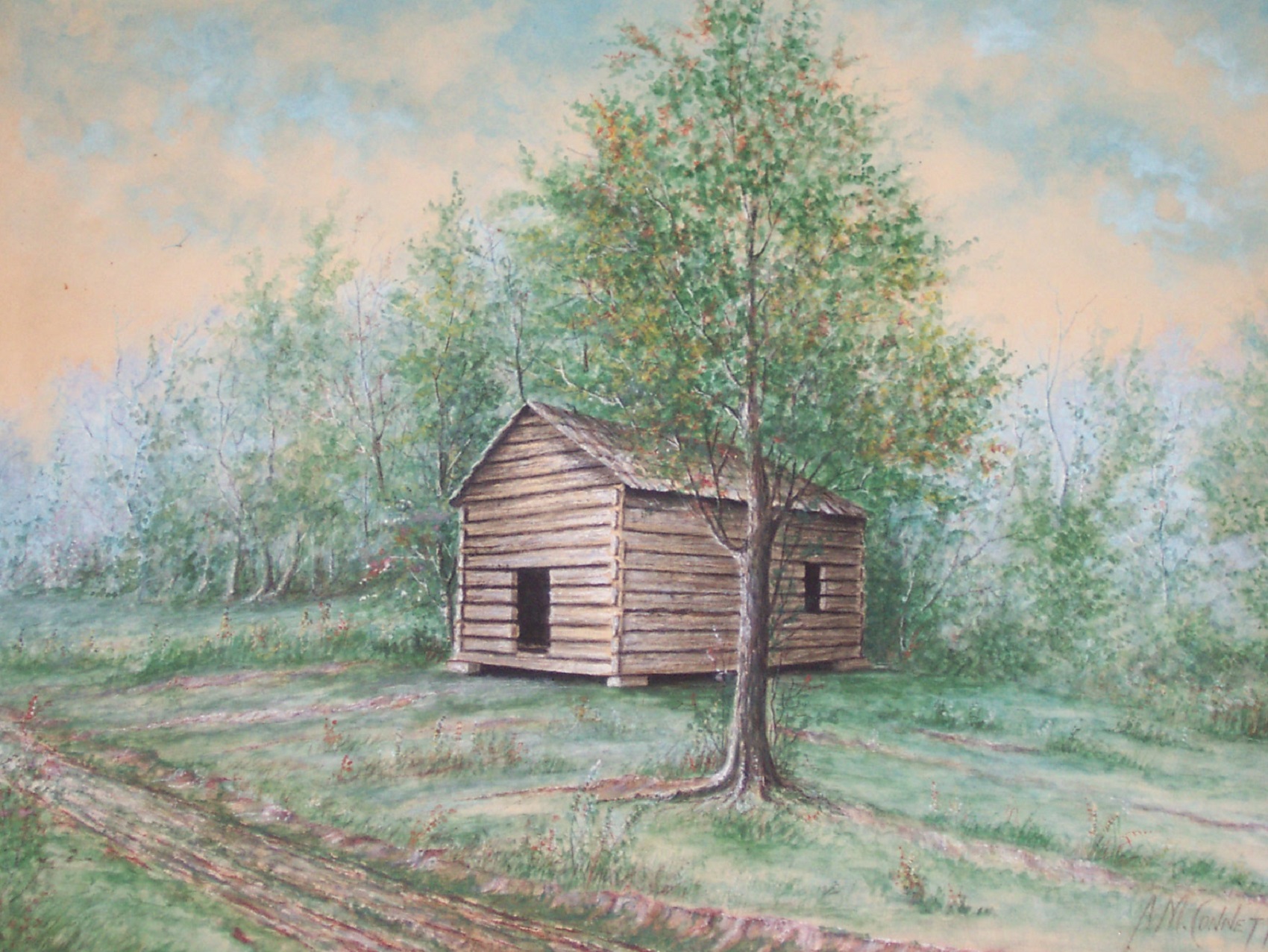
Shiloh Indian Mounds Orientation Shelter
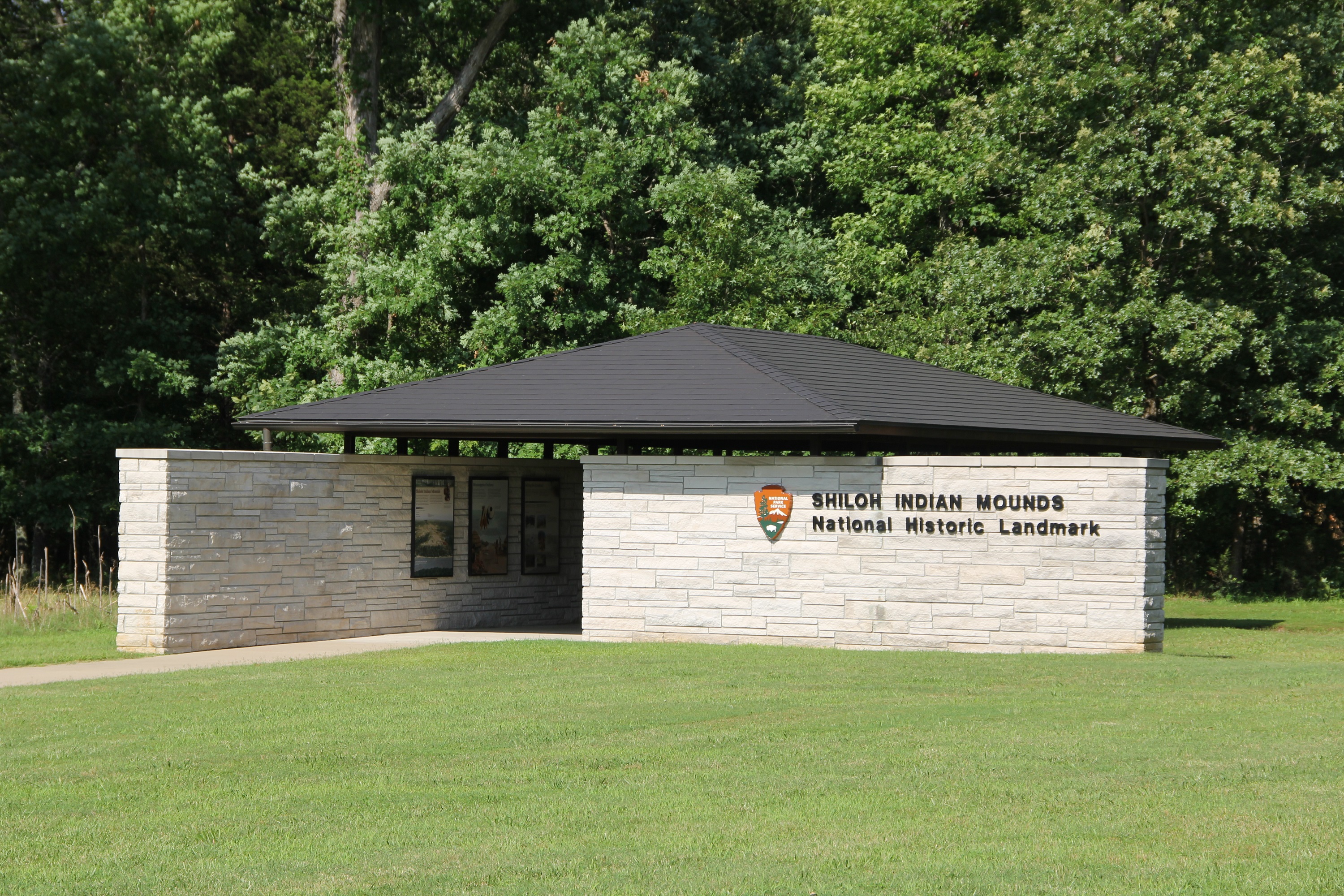
- The Shiloh Indian Mounds Shelter is where you begin your exploration of this ancient village. Interpretive exhibits introduce the story of this culture and a tactile map is on display showcasing the entire village. The trailhead for the Indian Mounds Trail is located here.
Shiloh National Cemetery
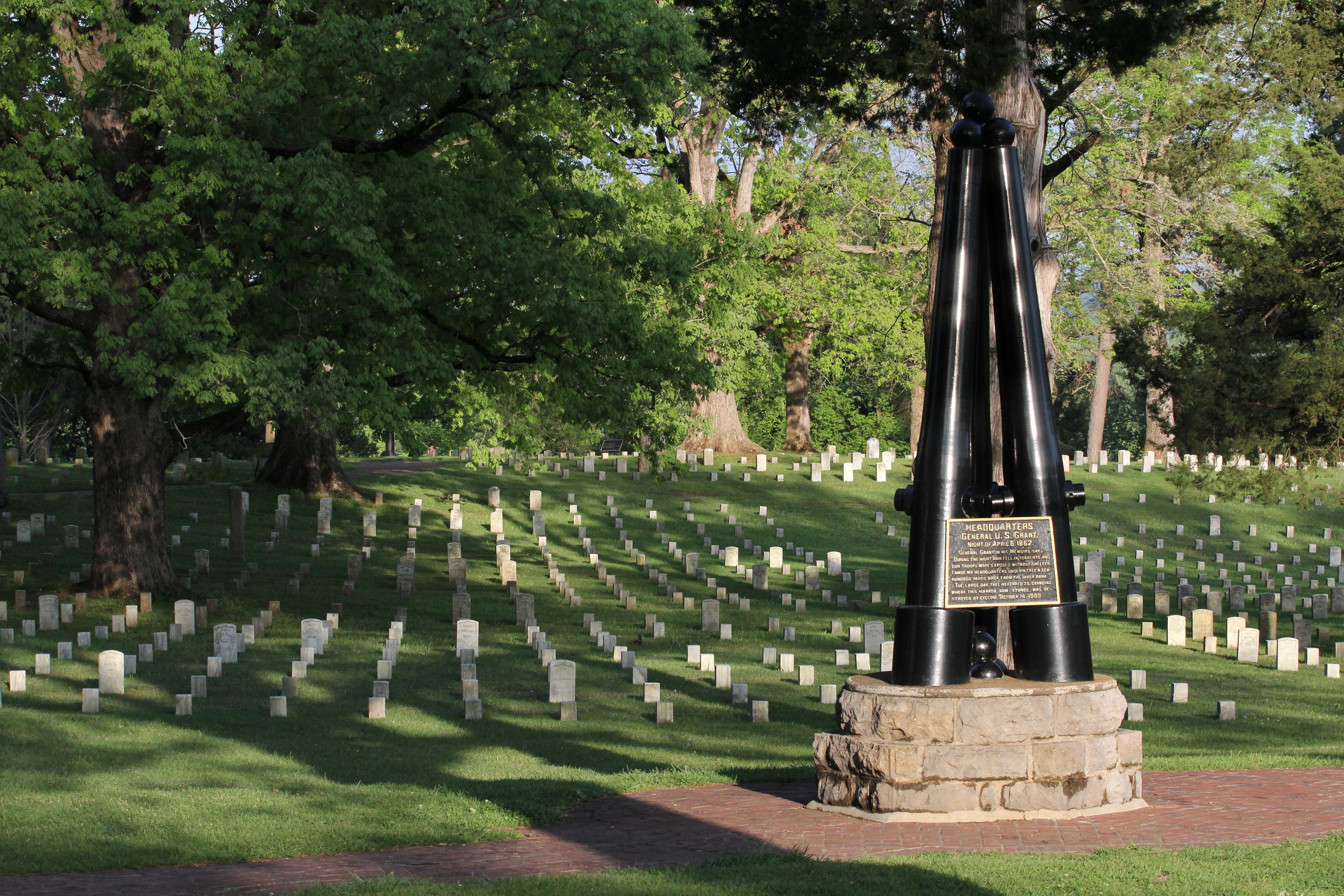
- Shiloh National Cemetery is open from dawn until dusk everyday.
Shiloh Picnic Pavilion
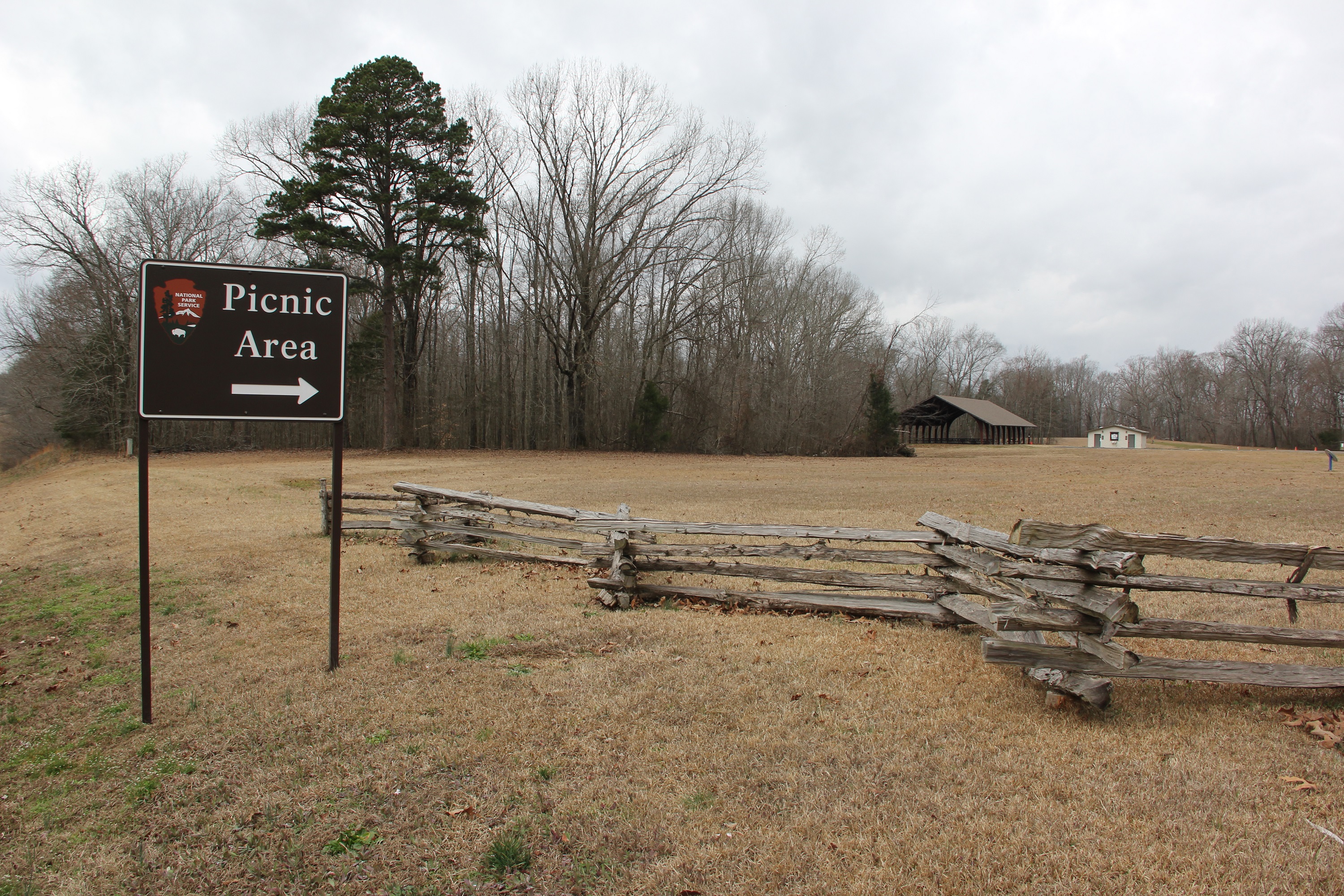
- Shiloh's Picnic Area
Shiloh's Casualties - Tour Stop #11
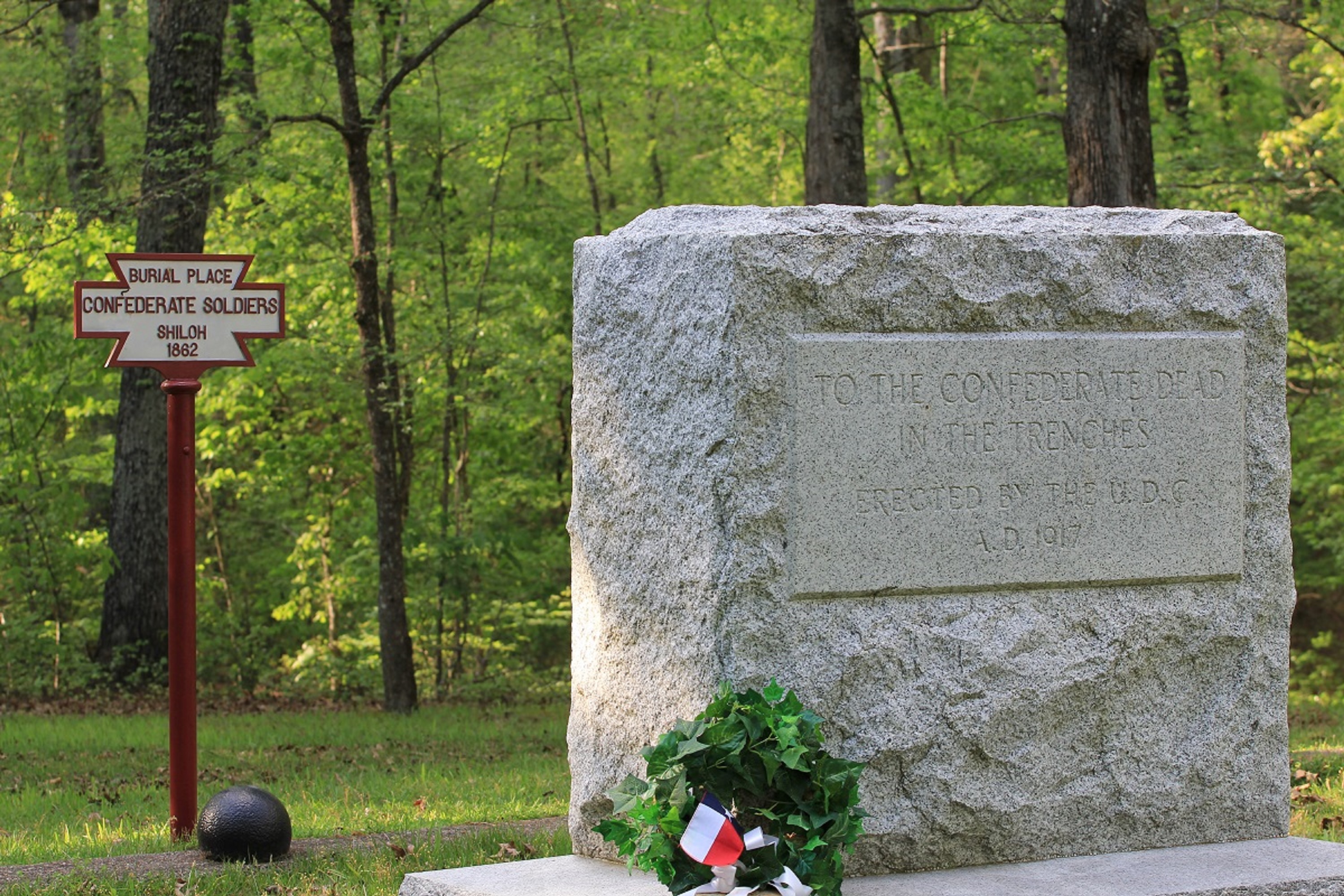
- Confederate Burial Trench
Signs of Dwellings - Tour Stop #2
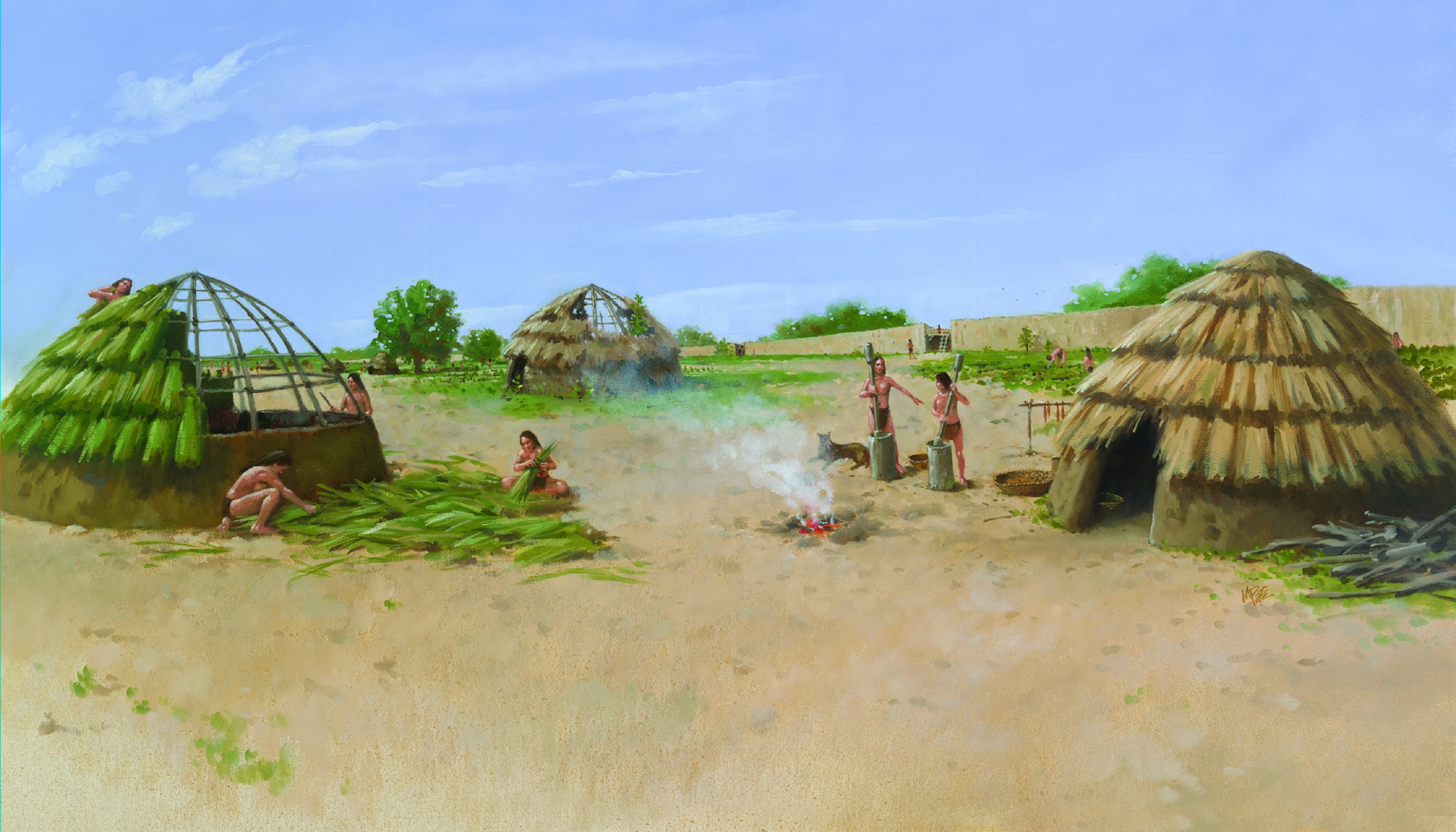
The Center of Town - Tour Stop #3
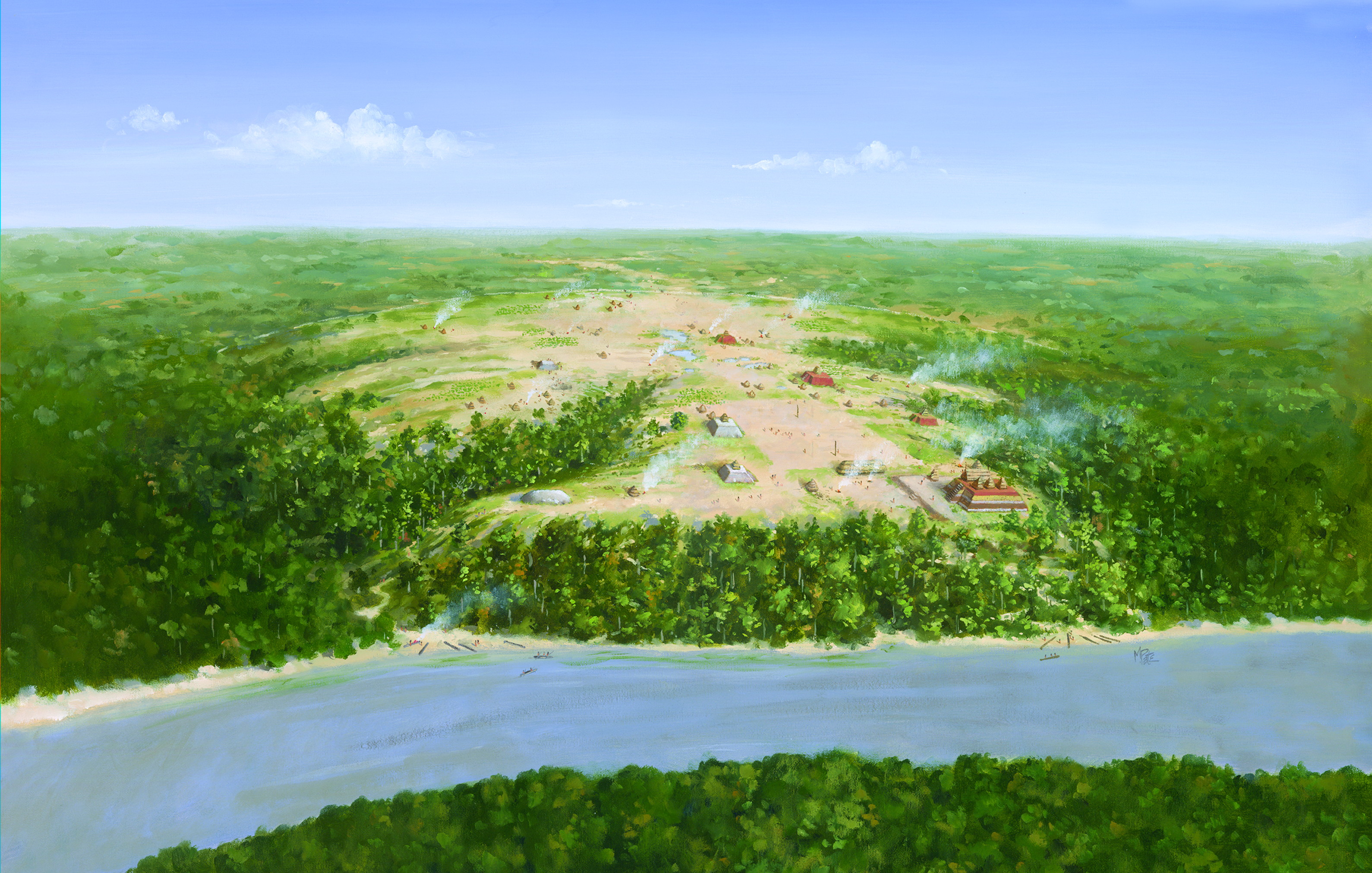
- Center of the thriving Indian village